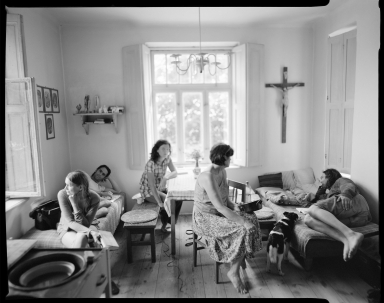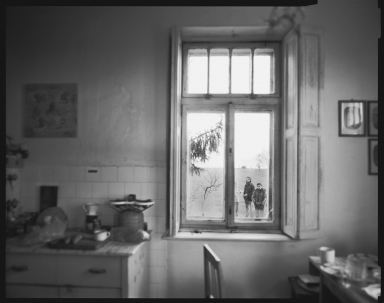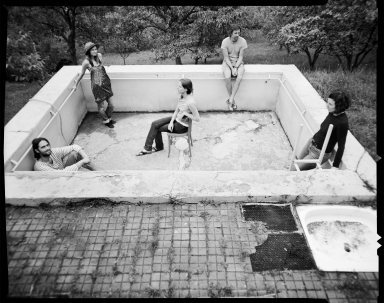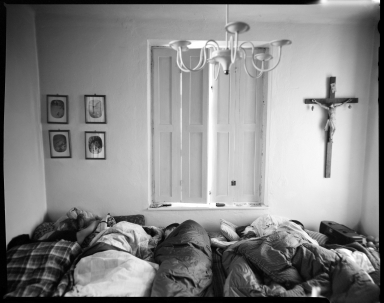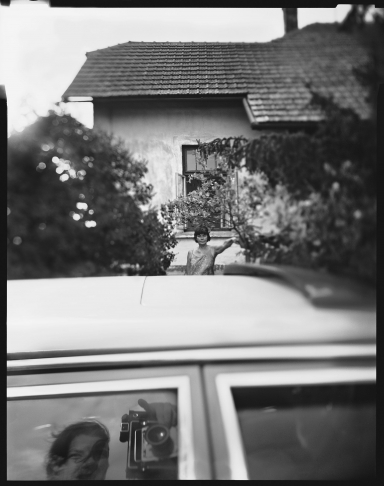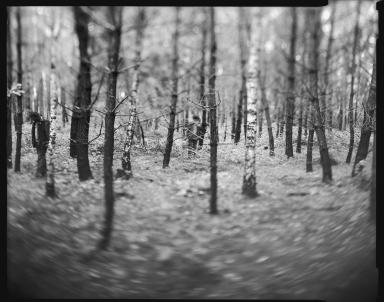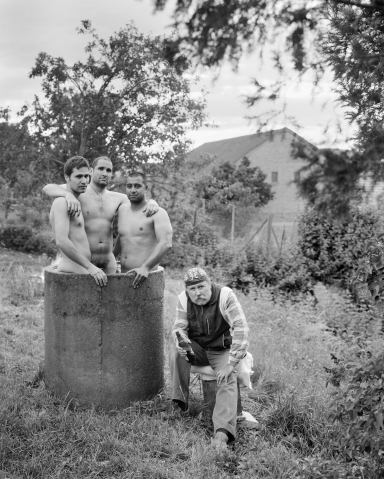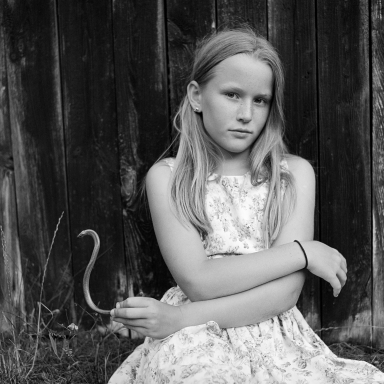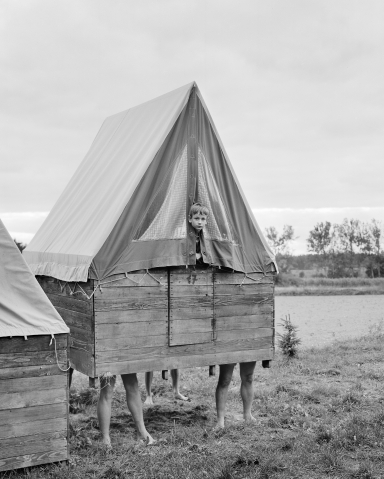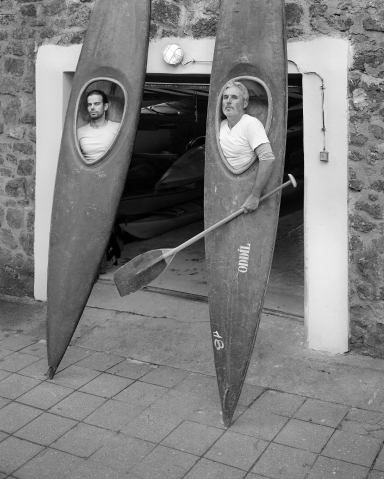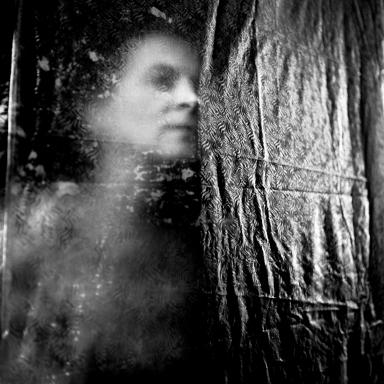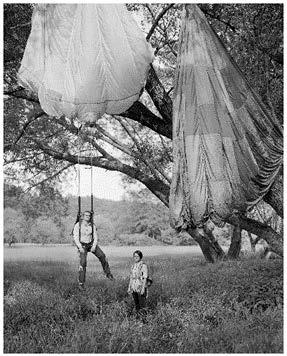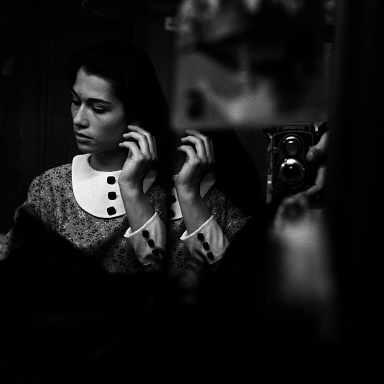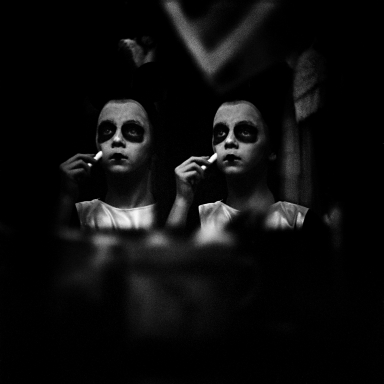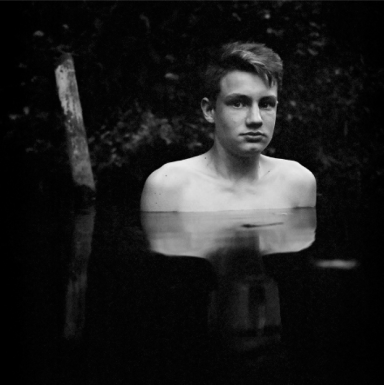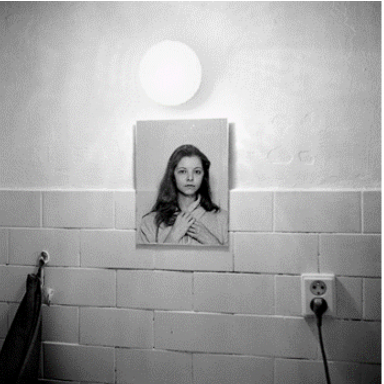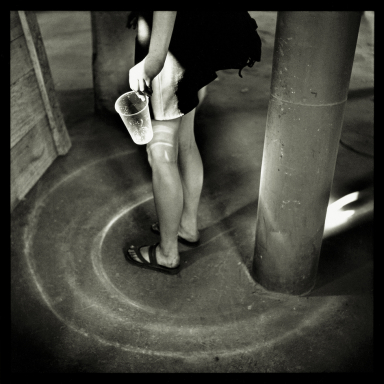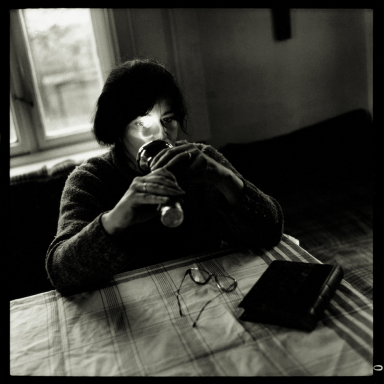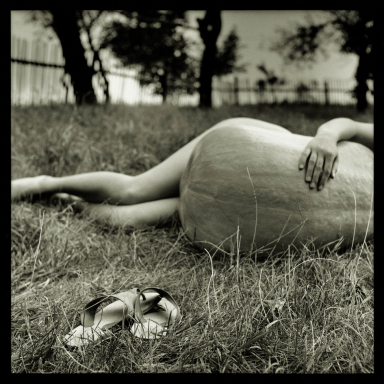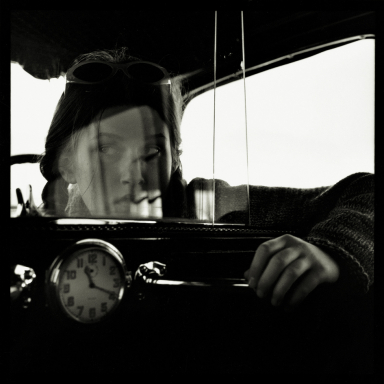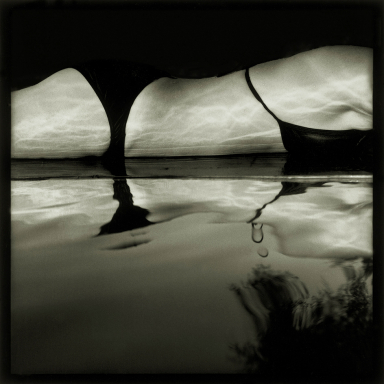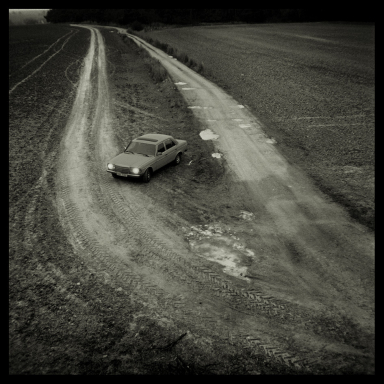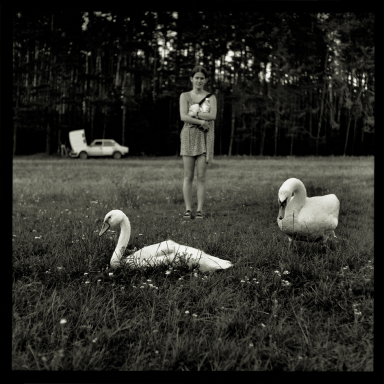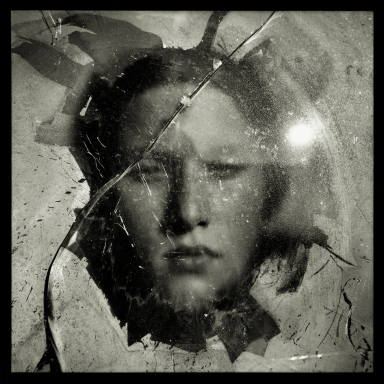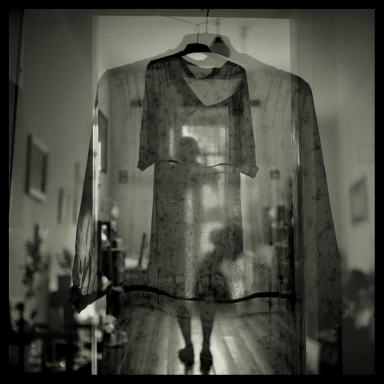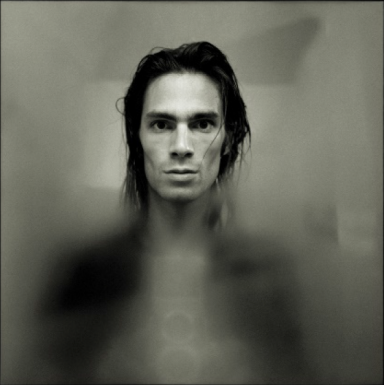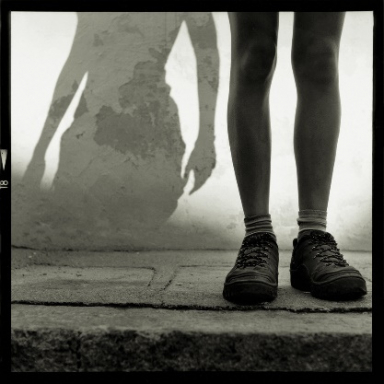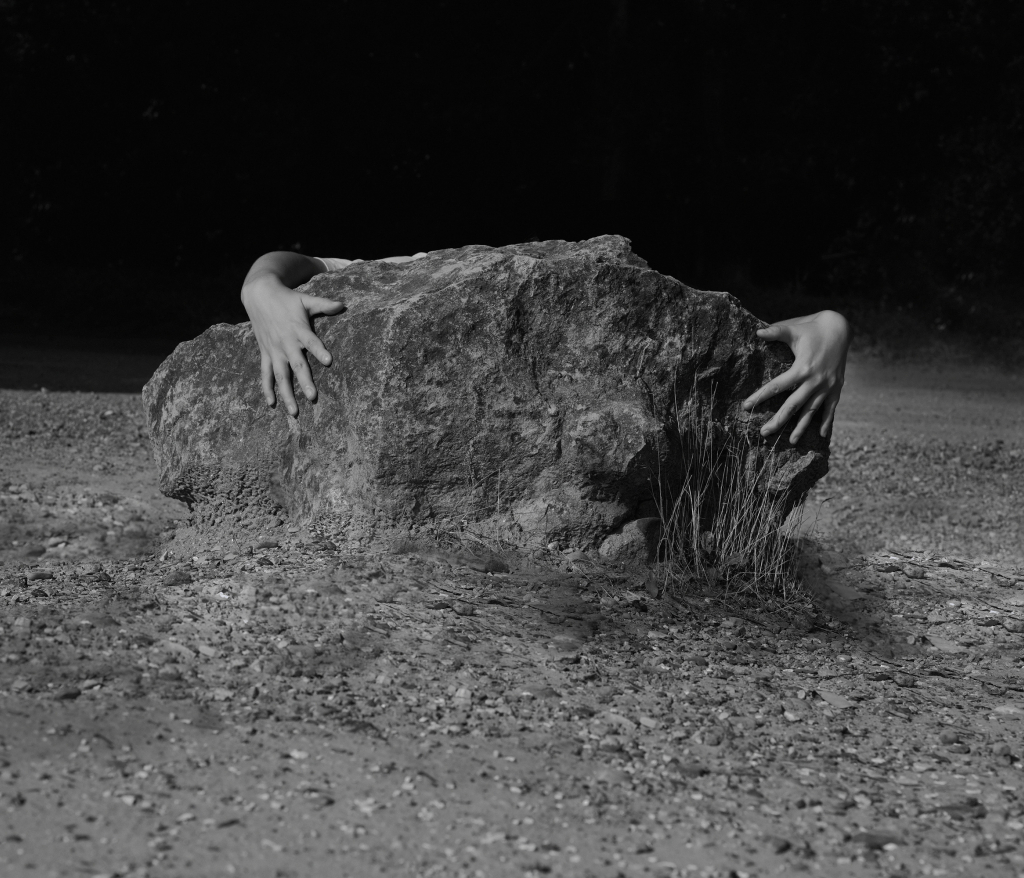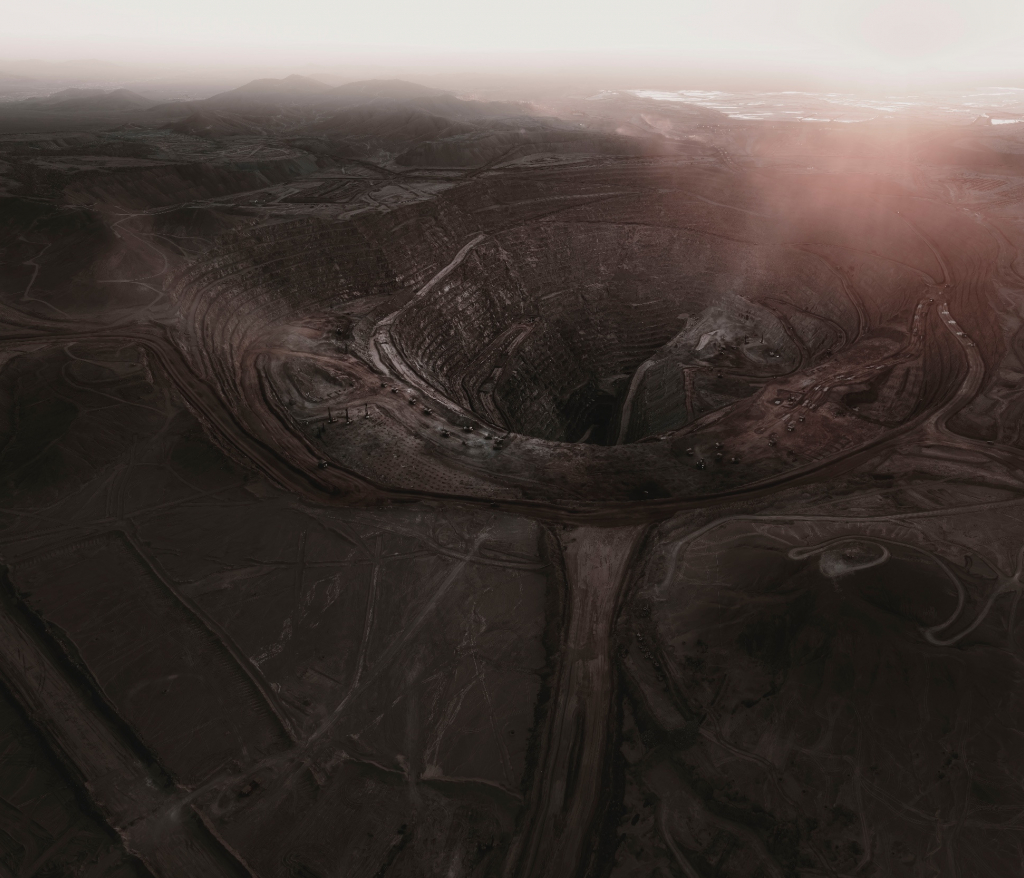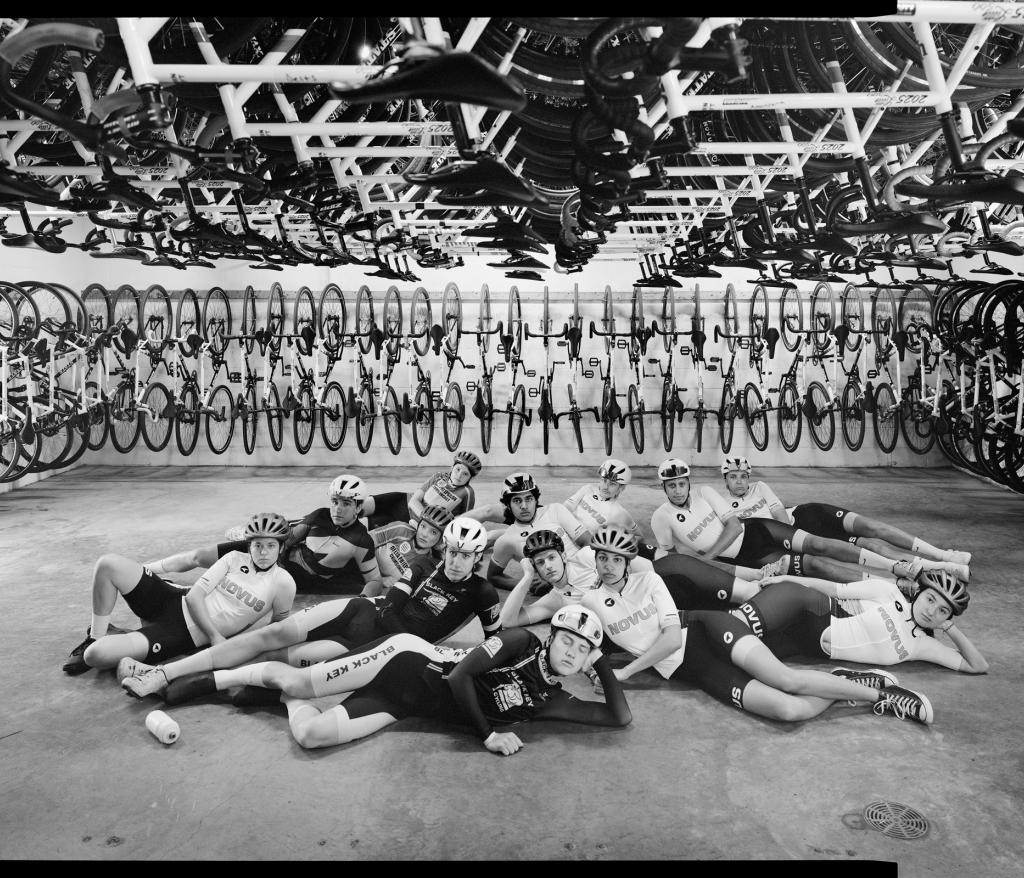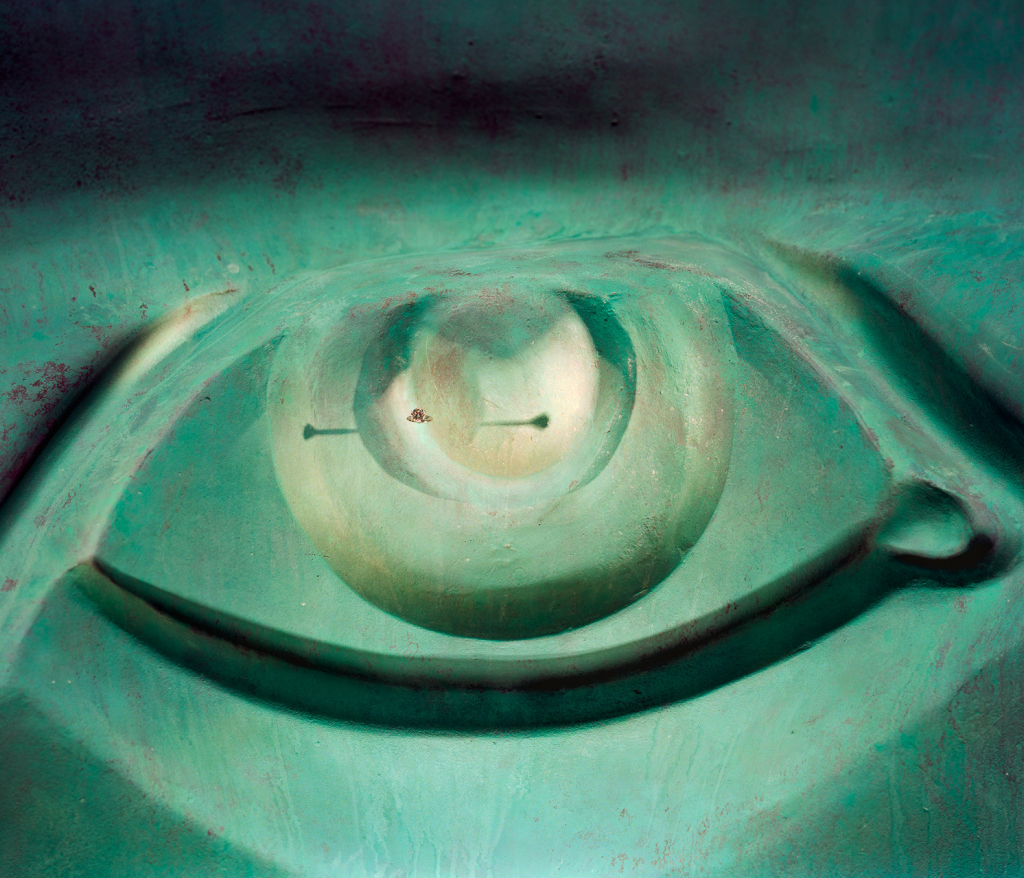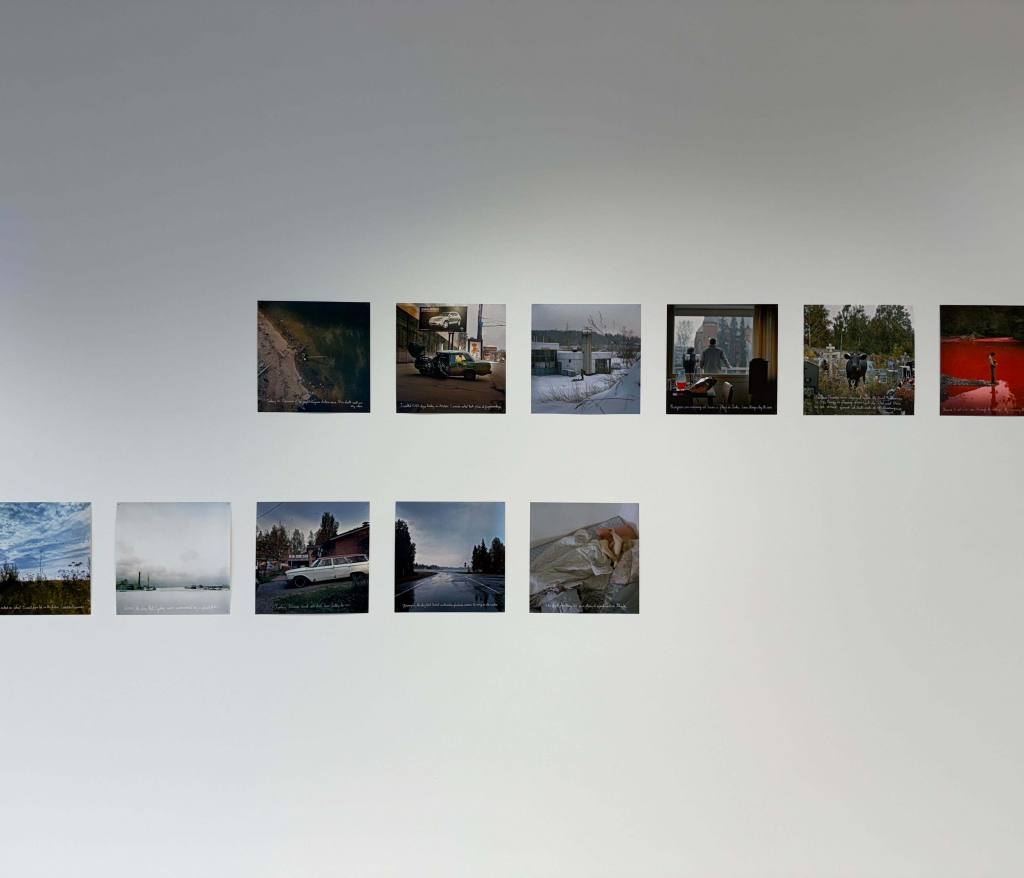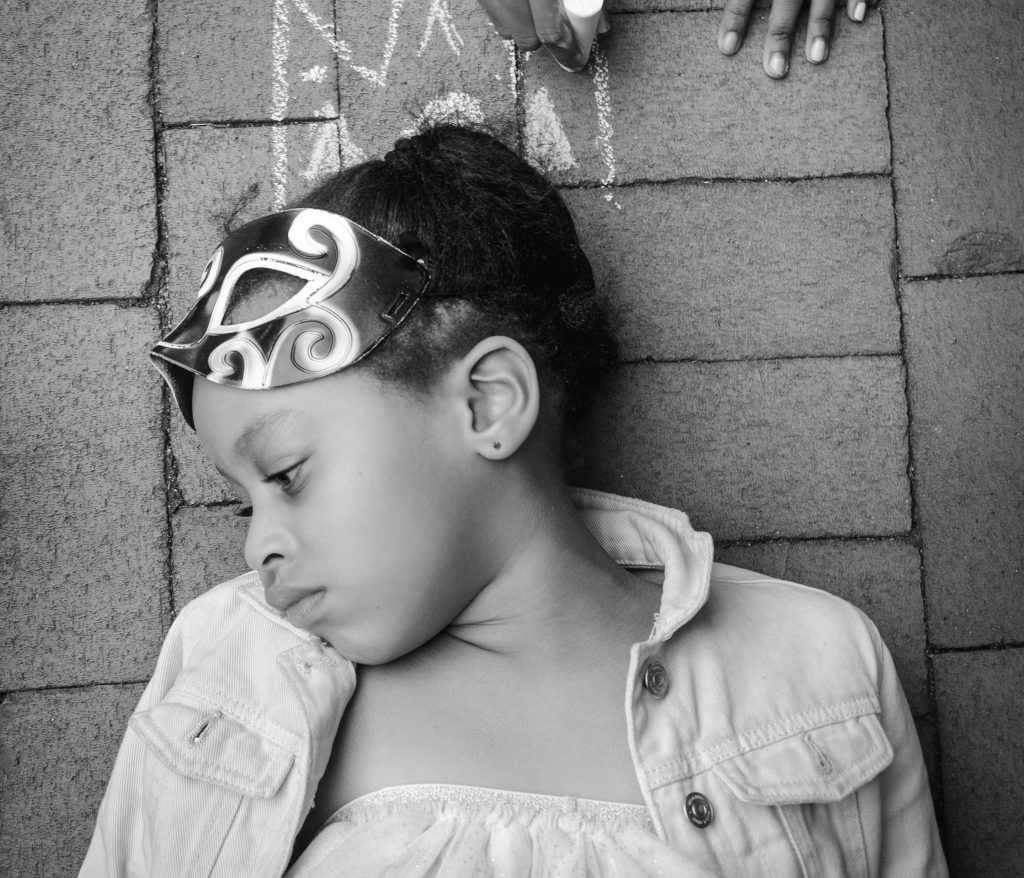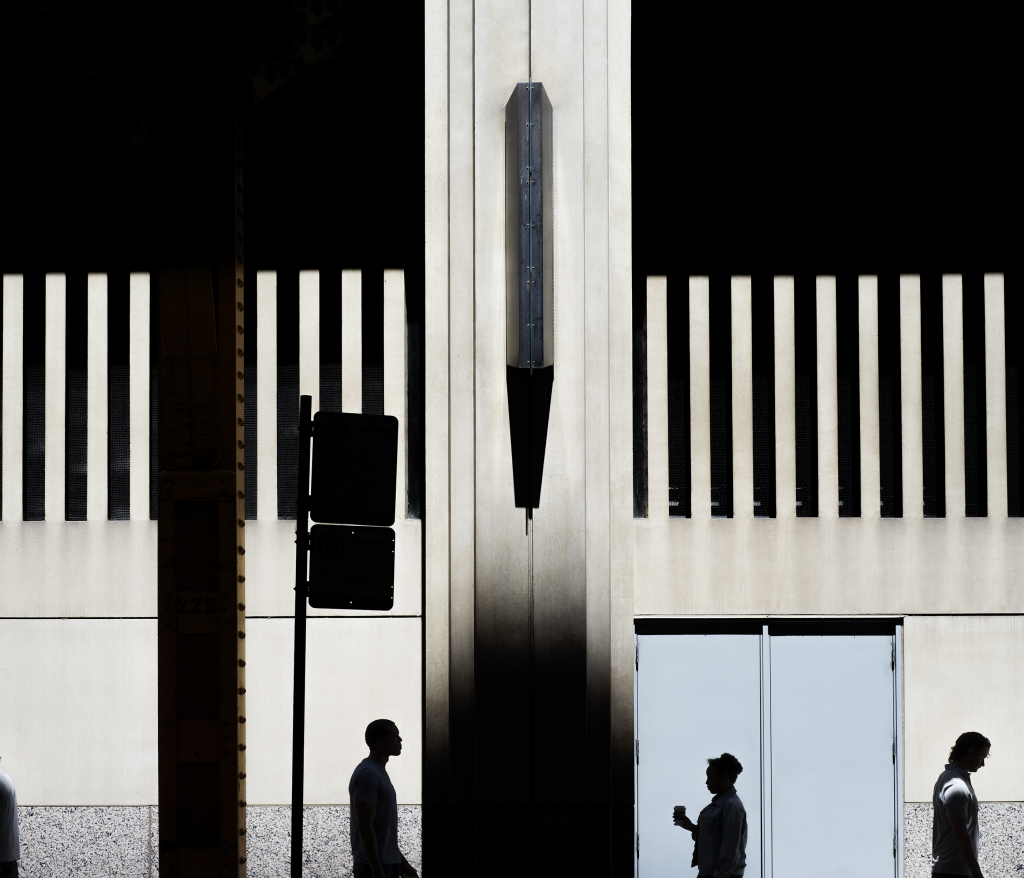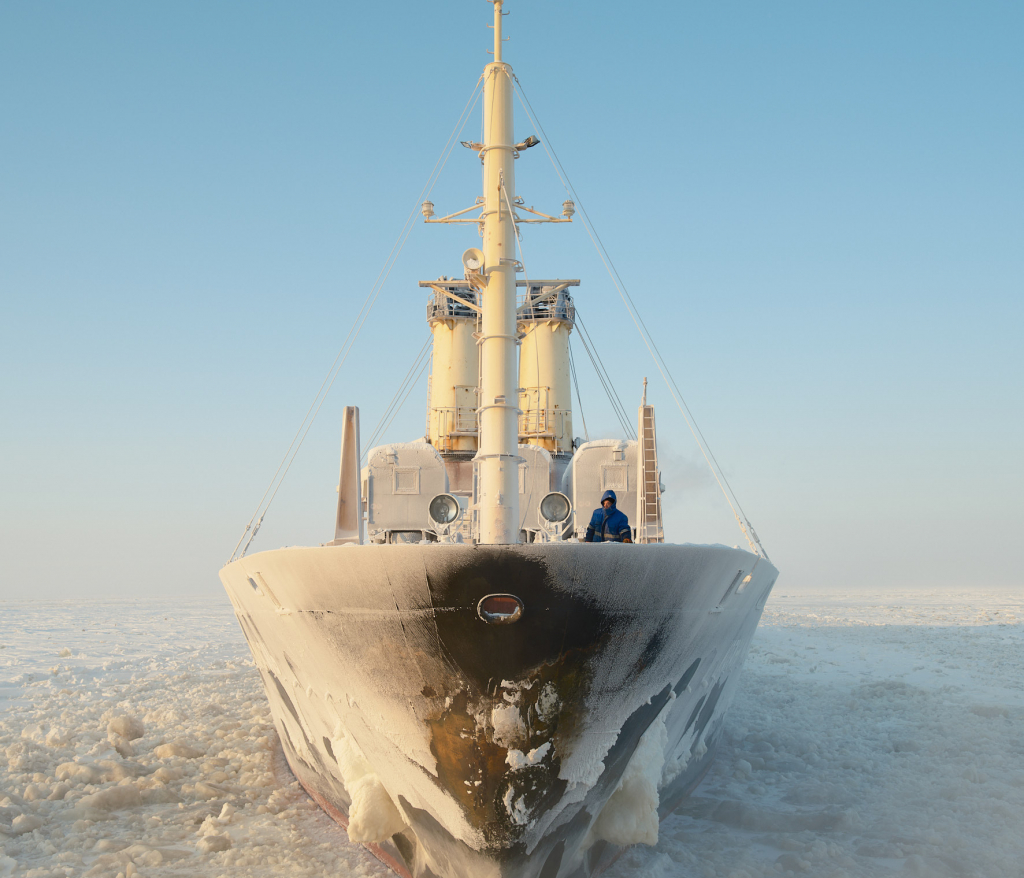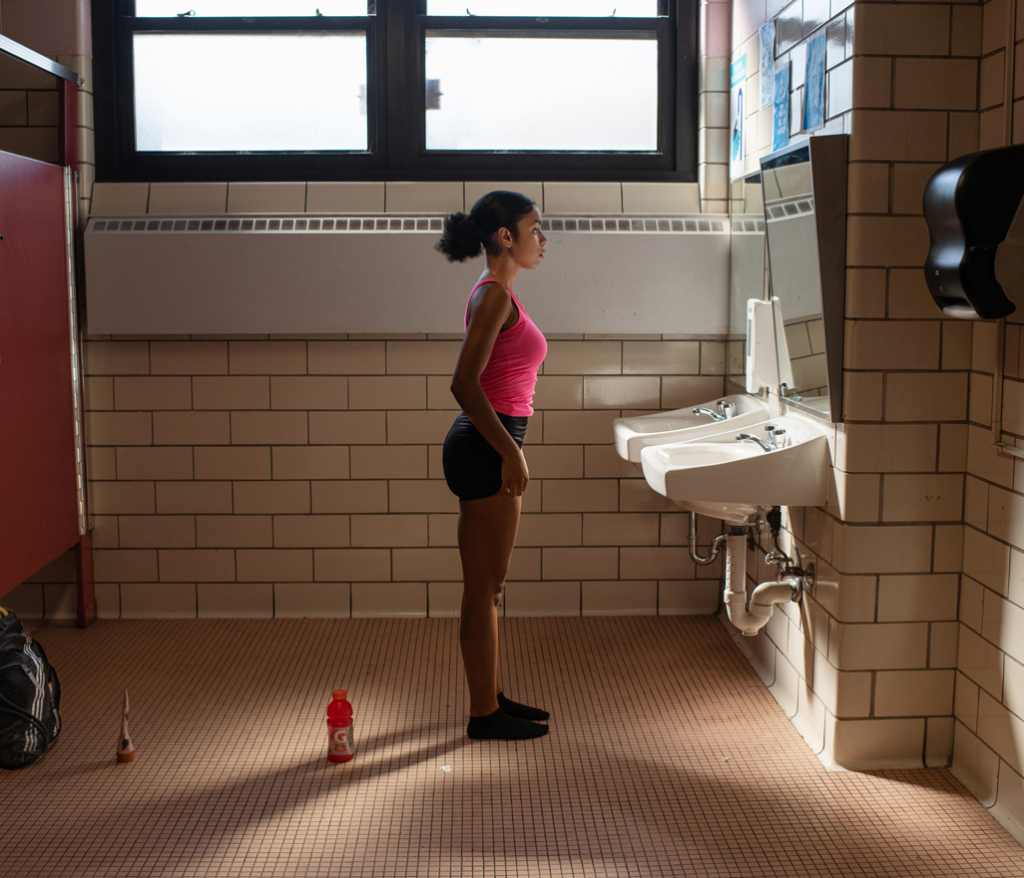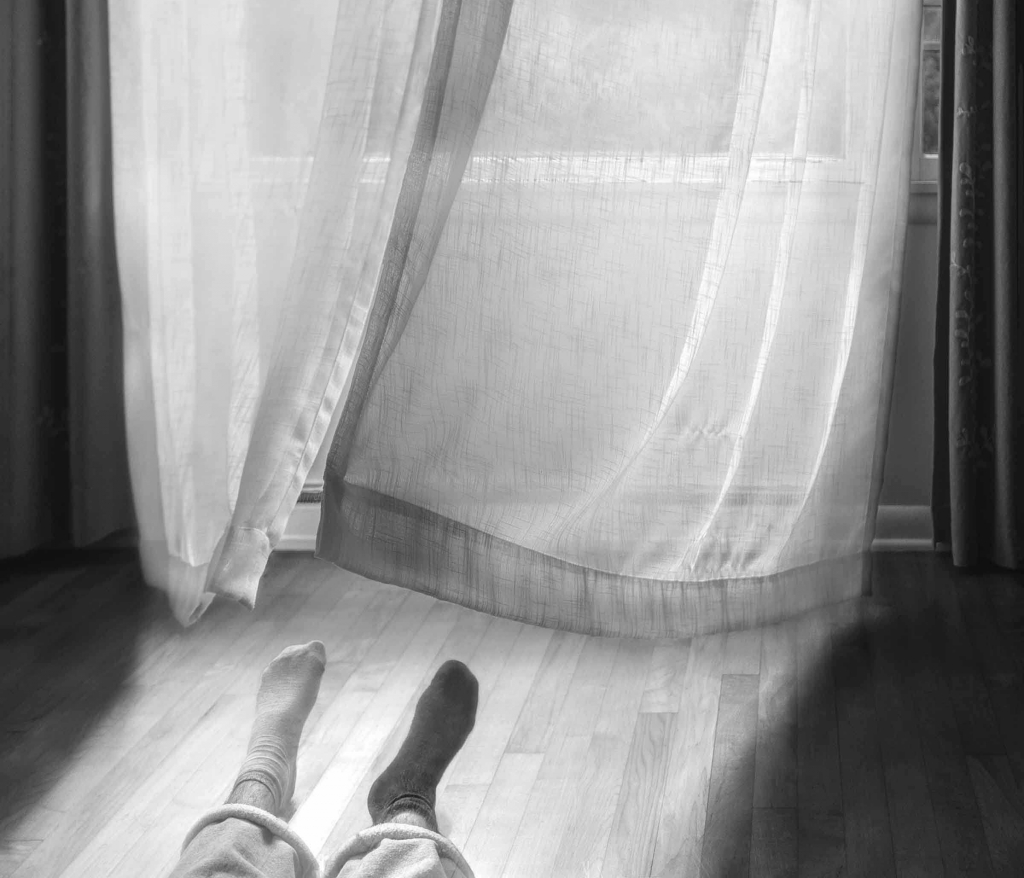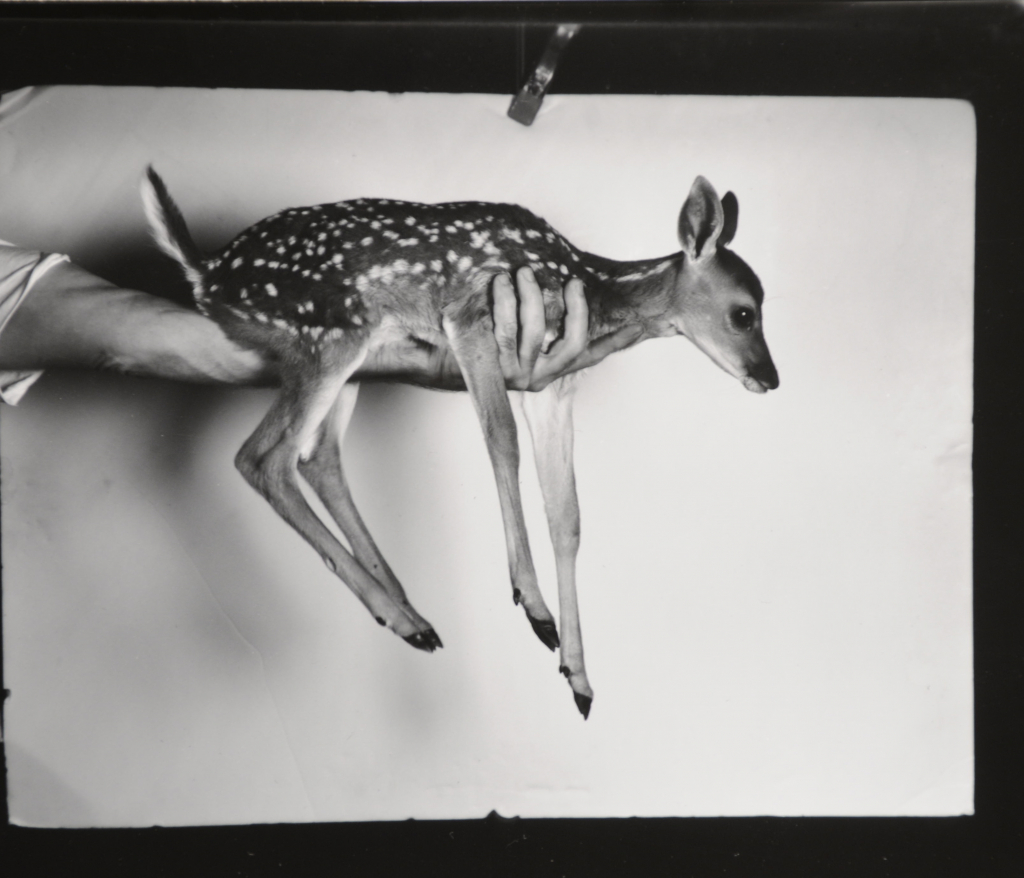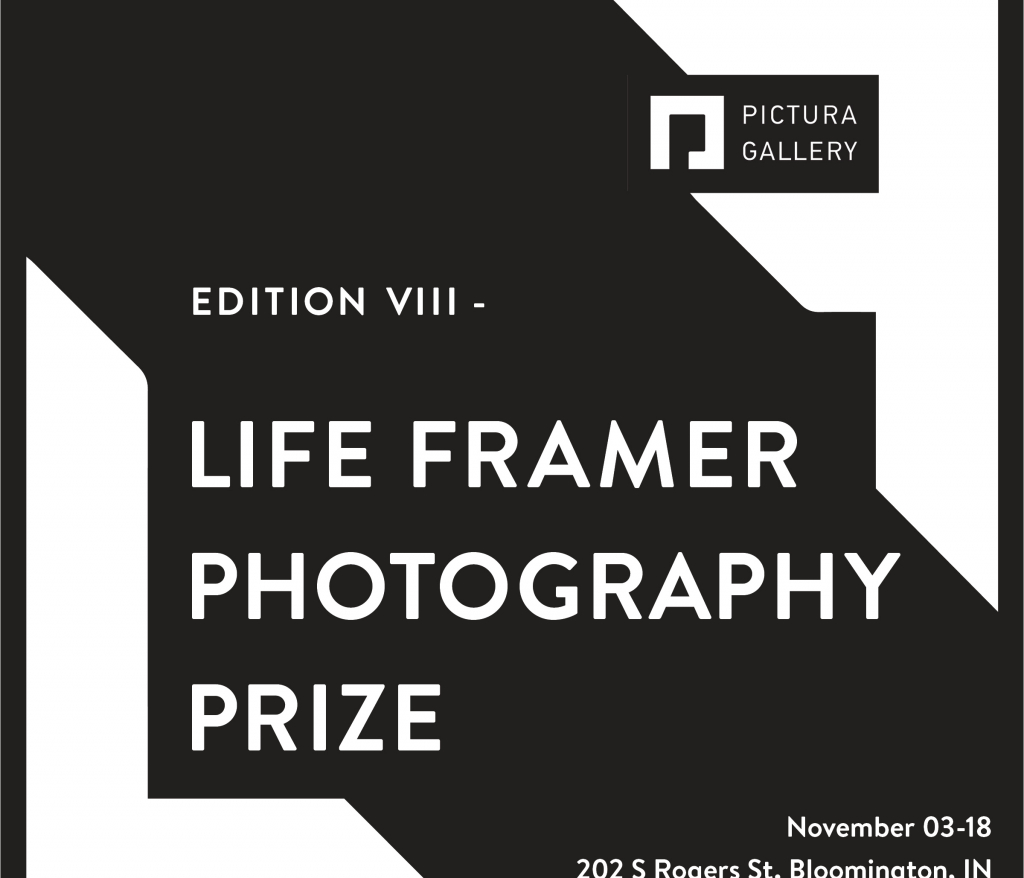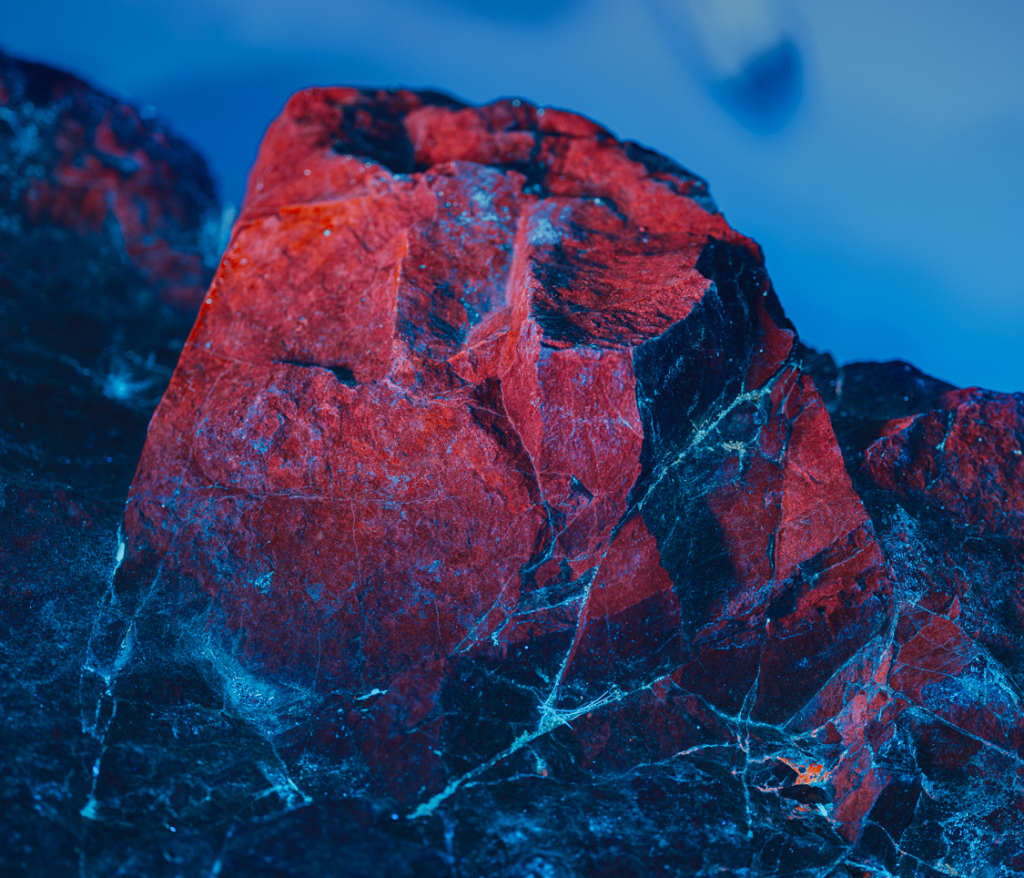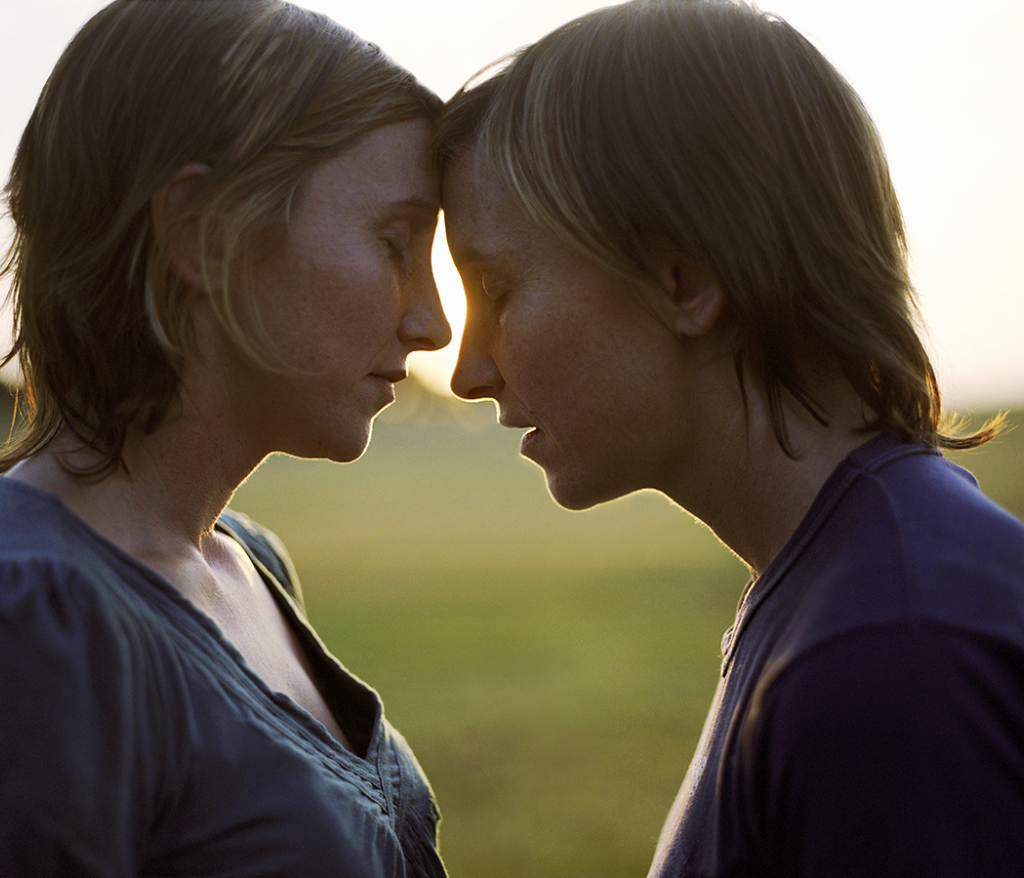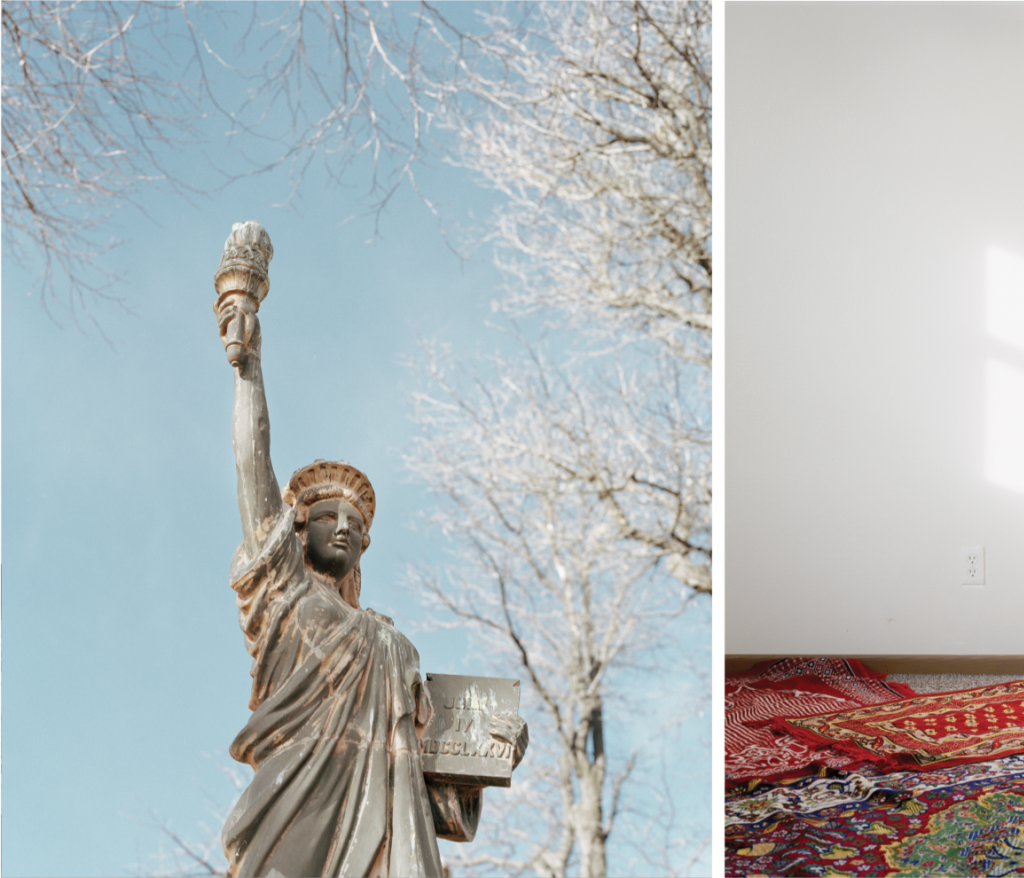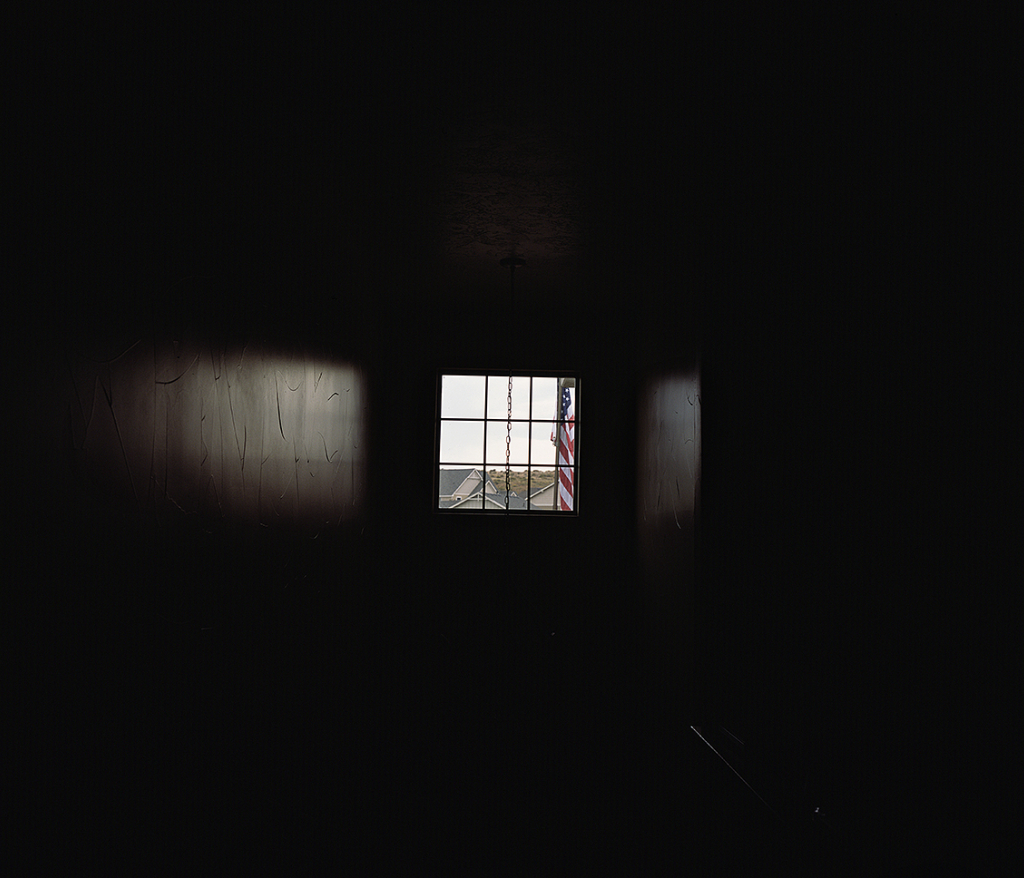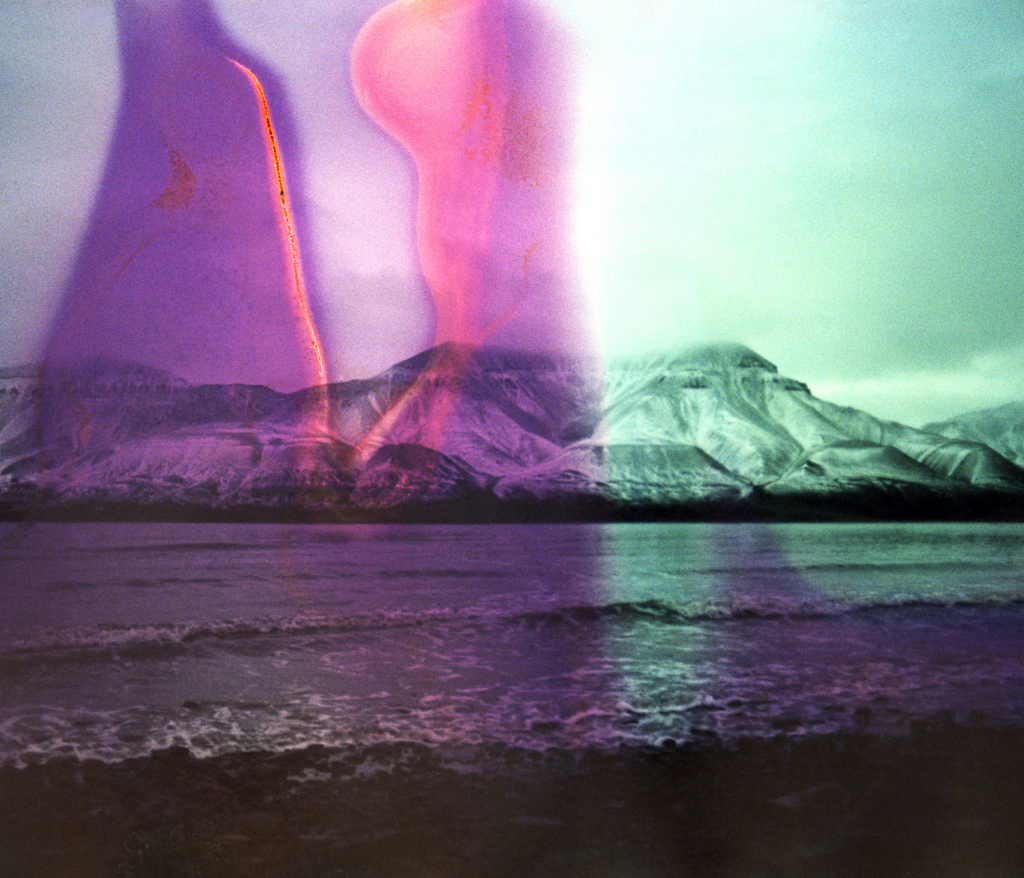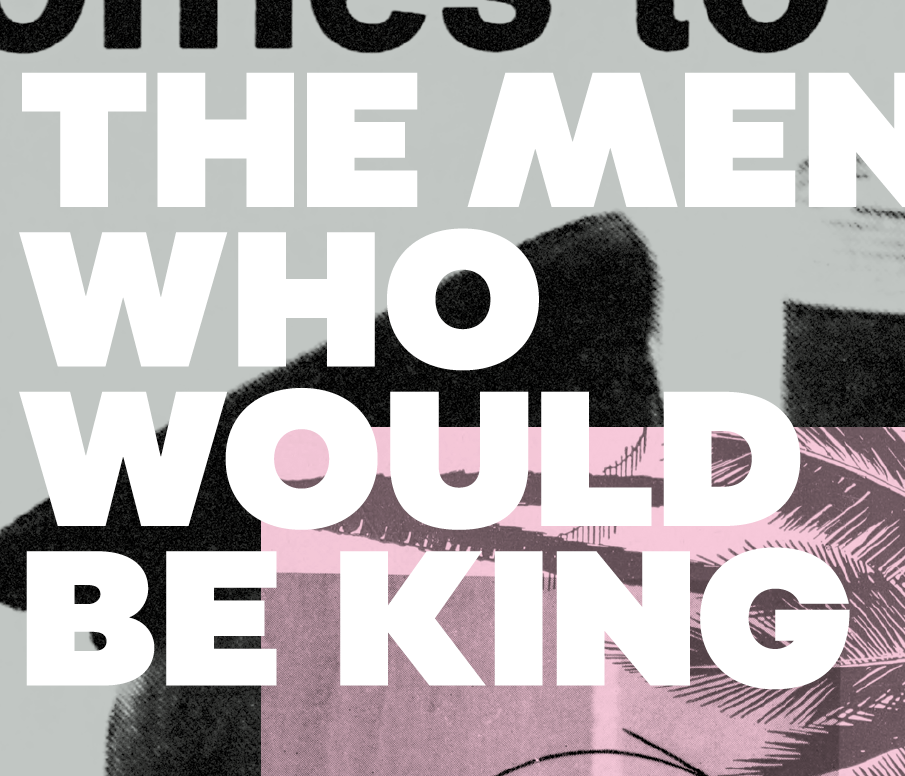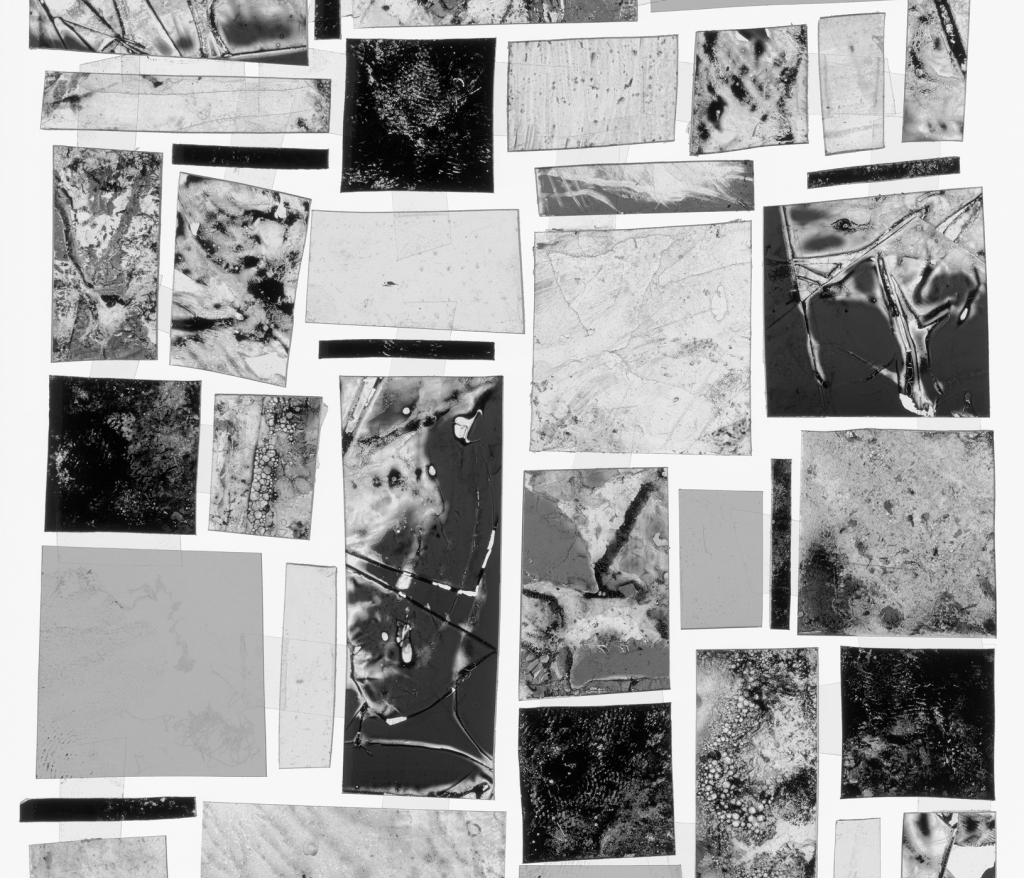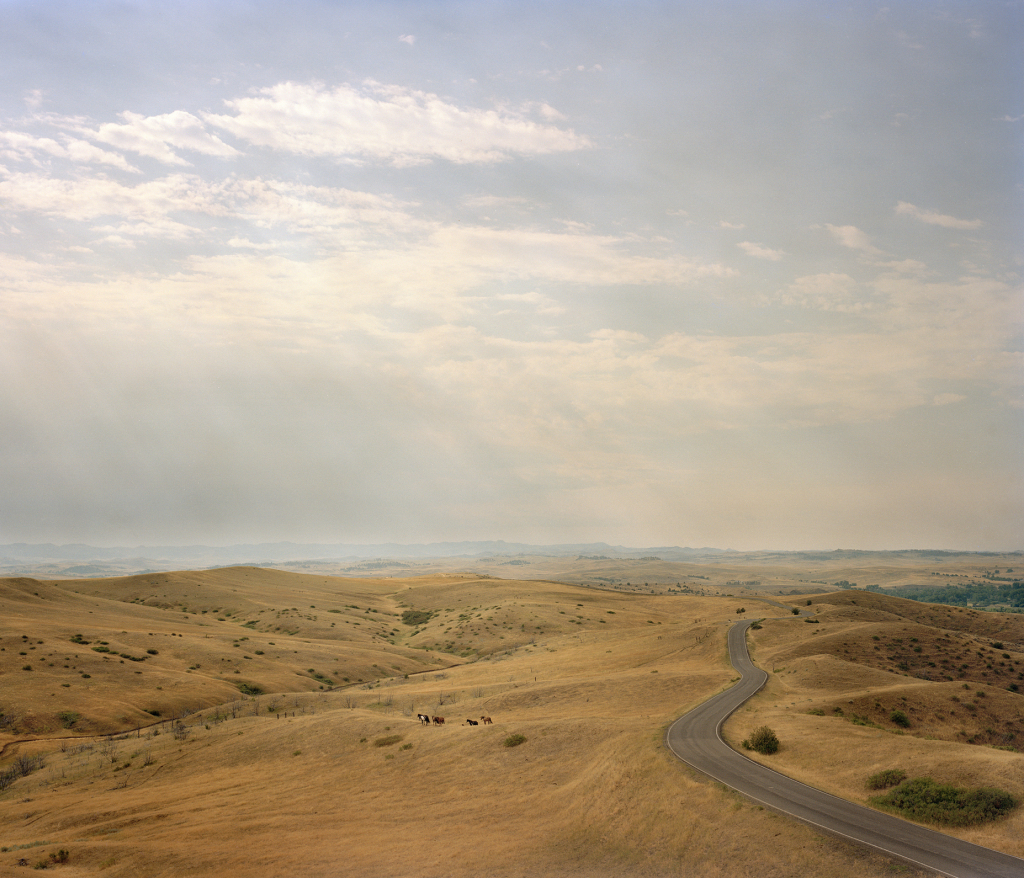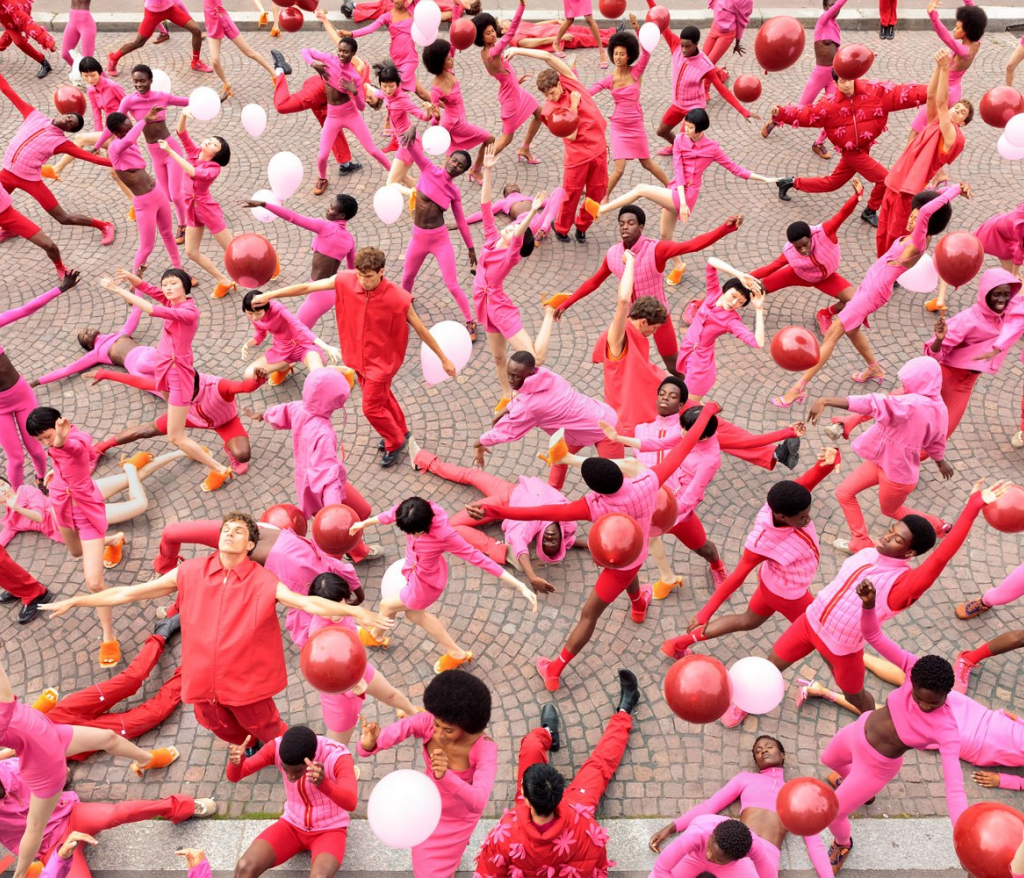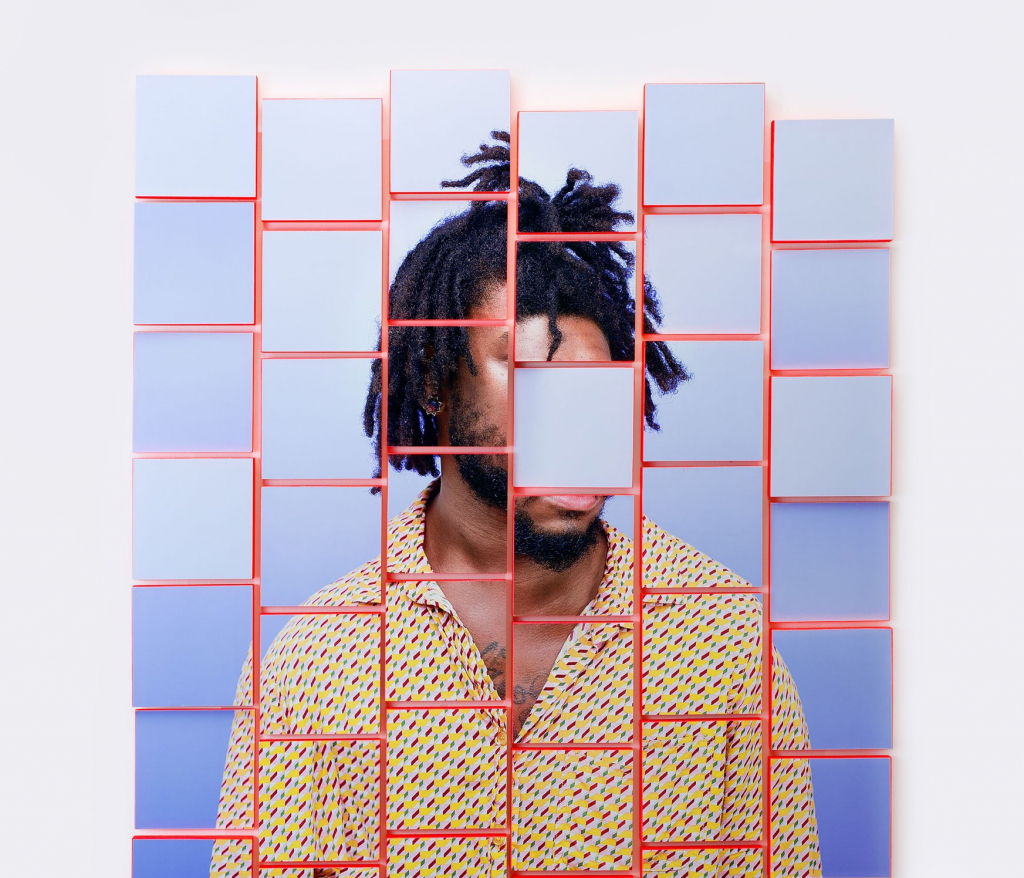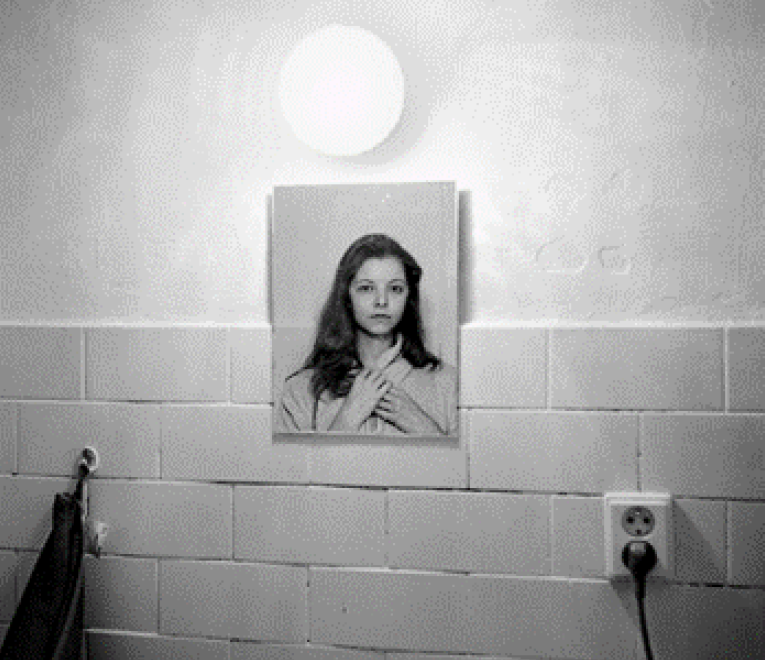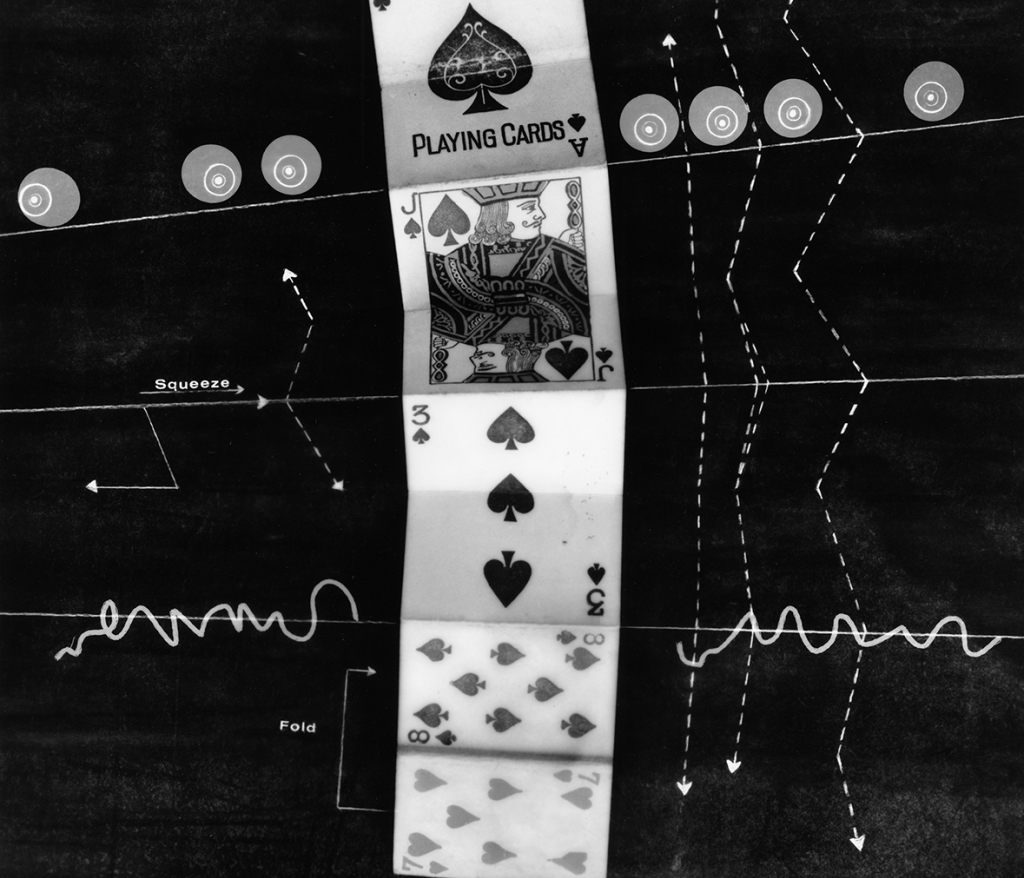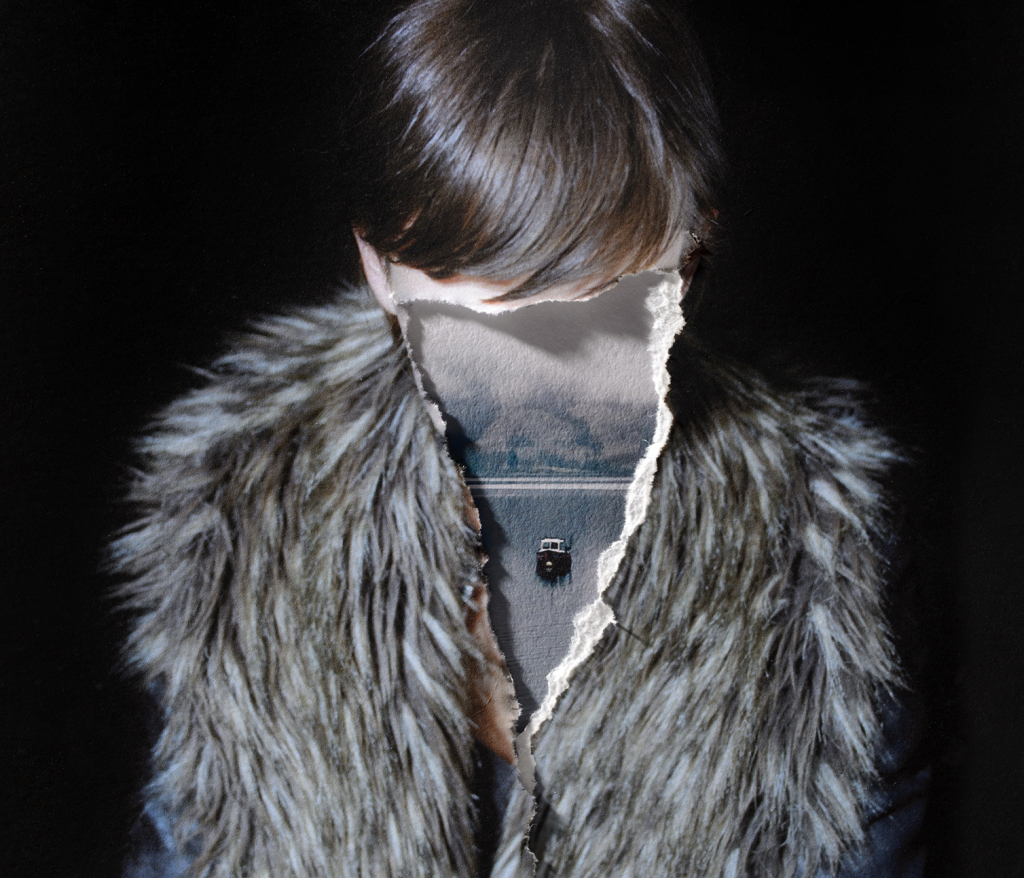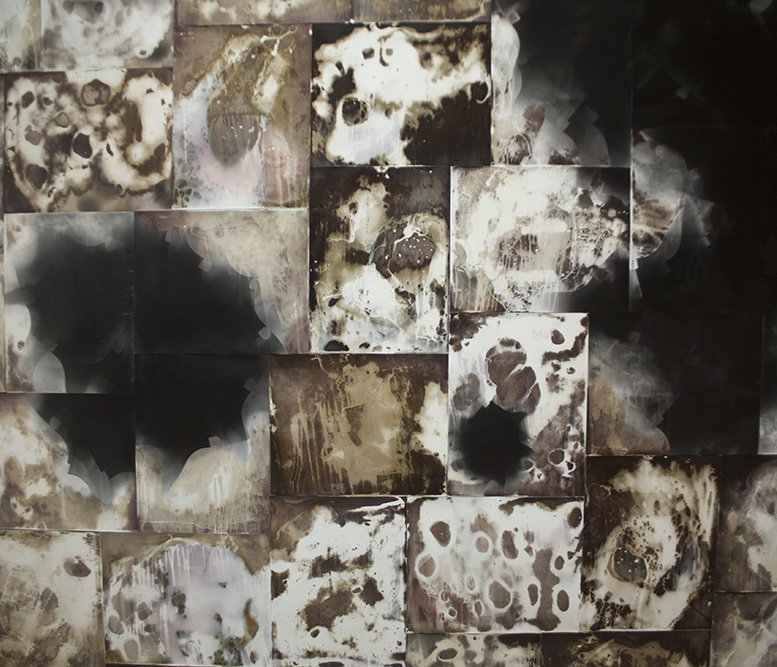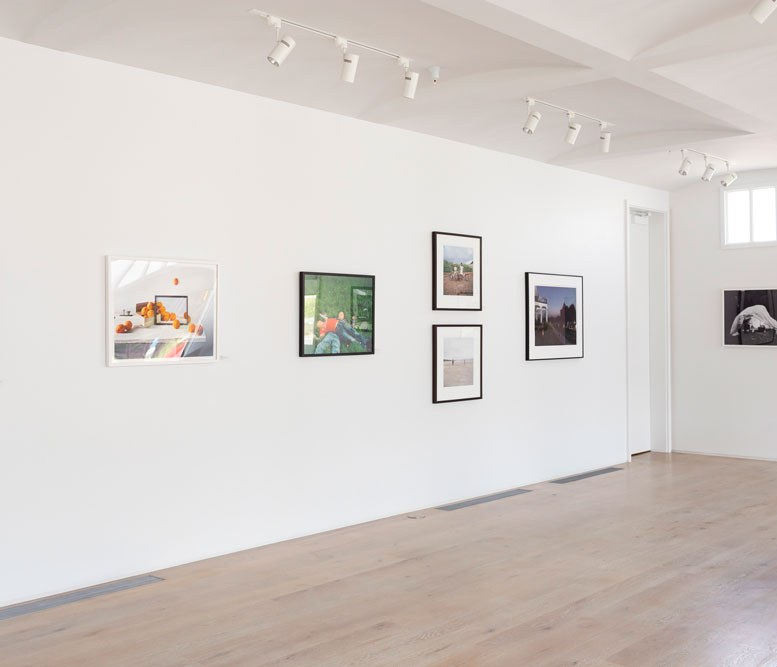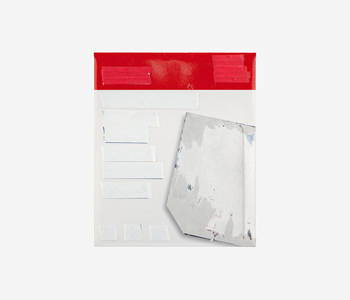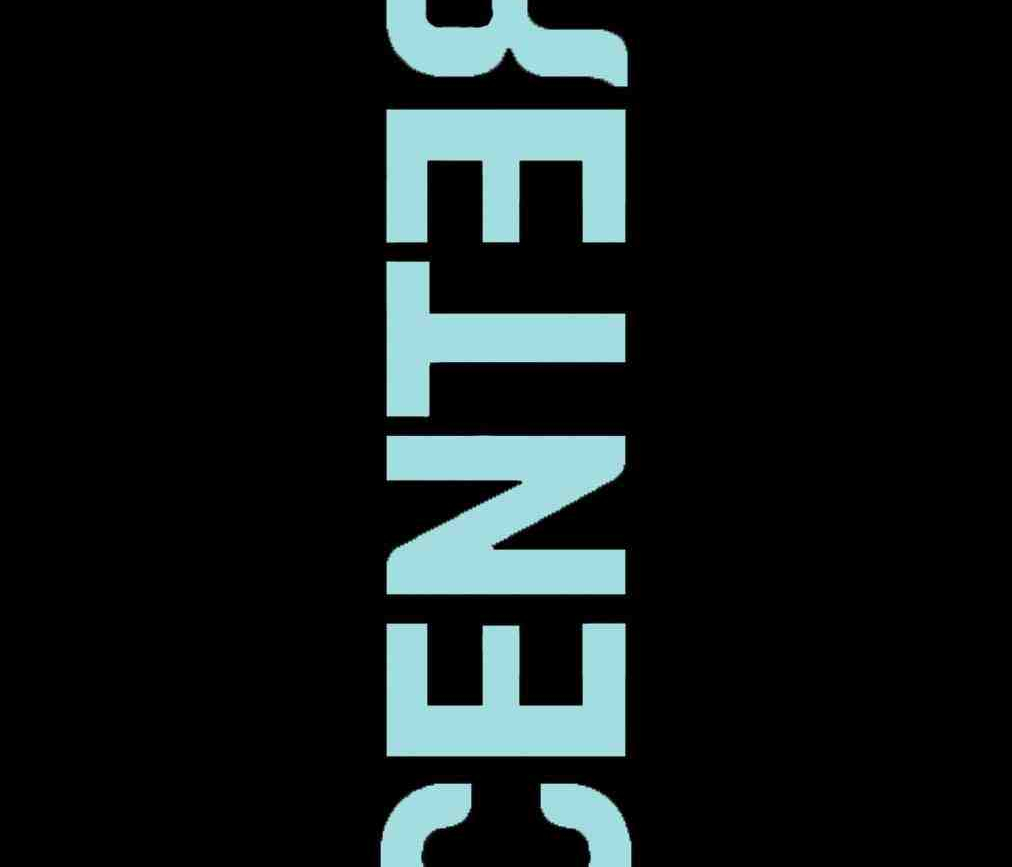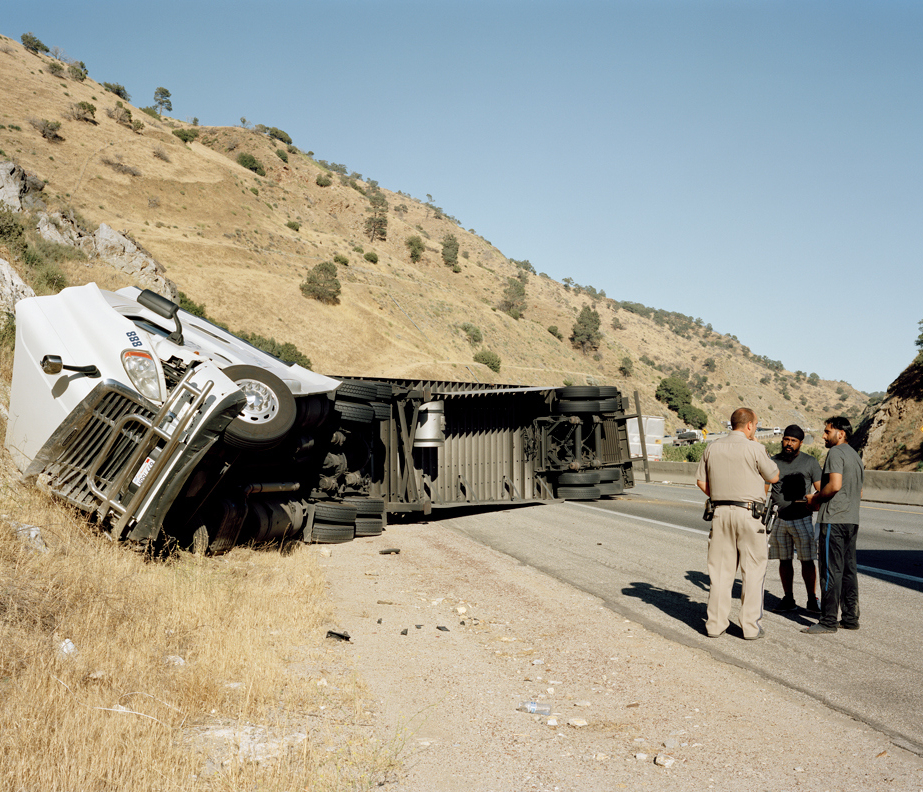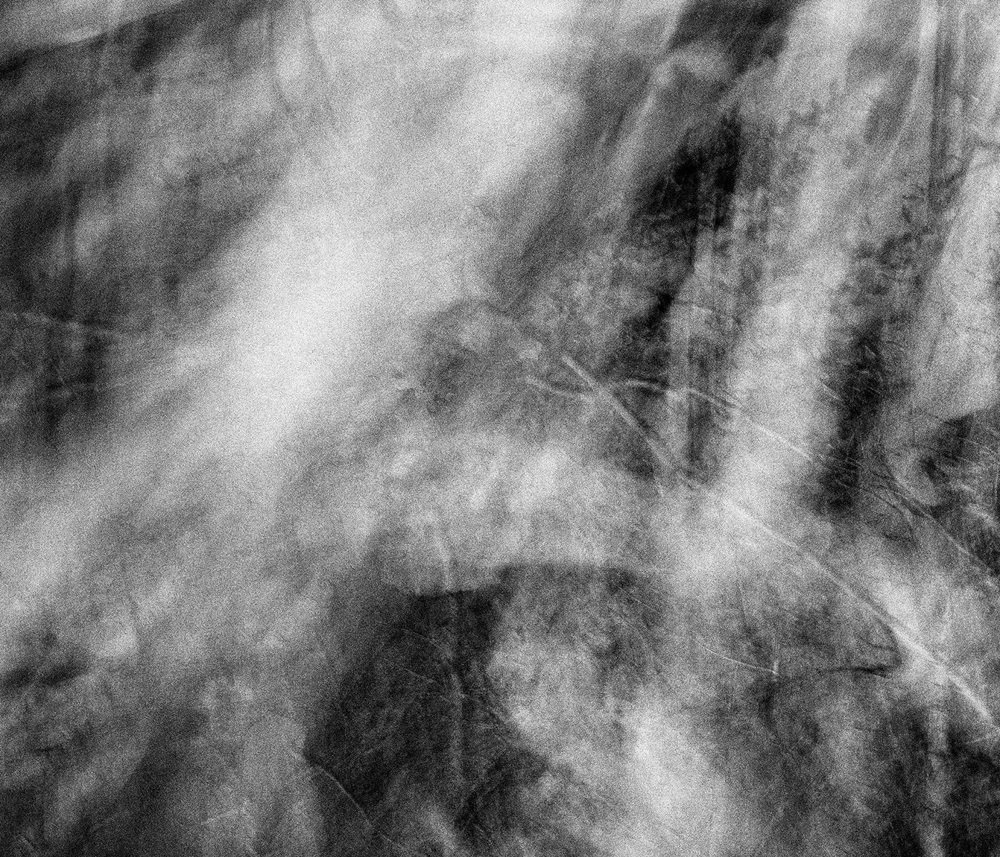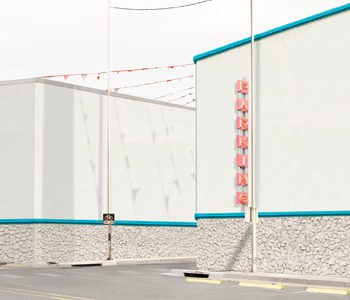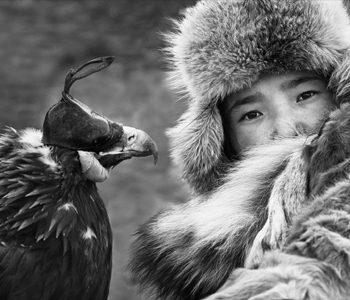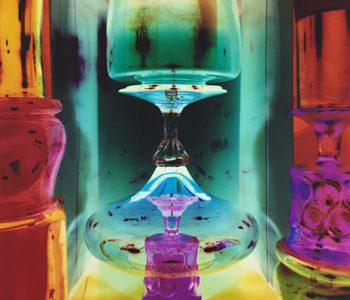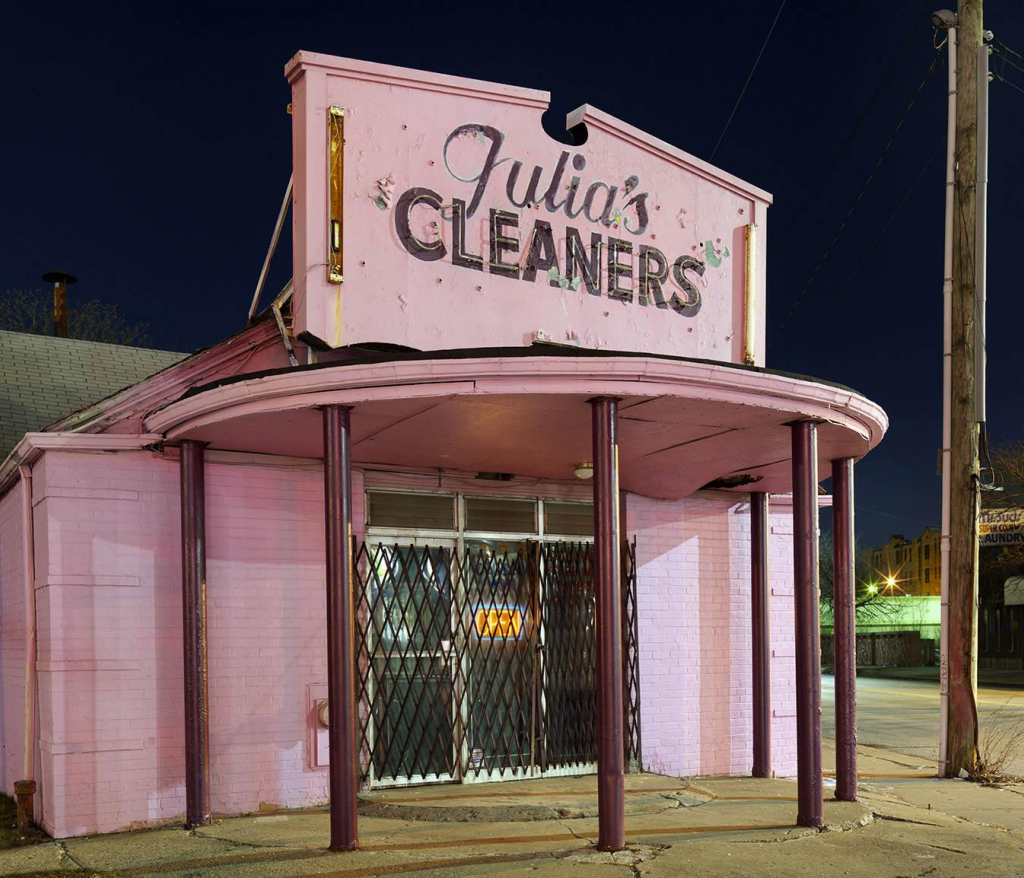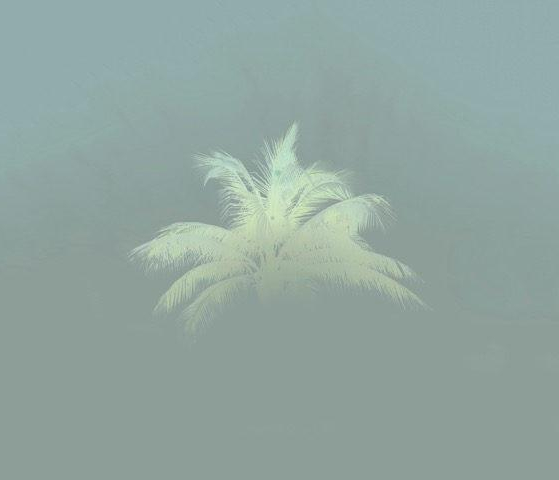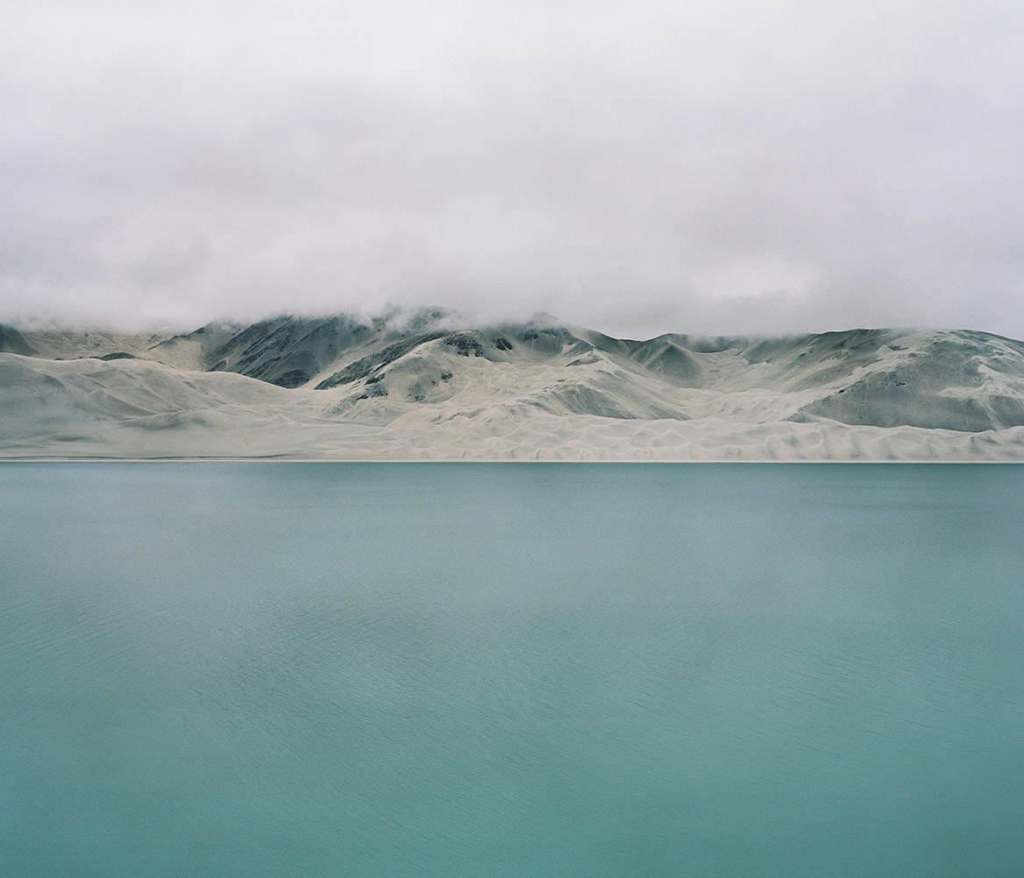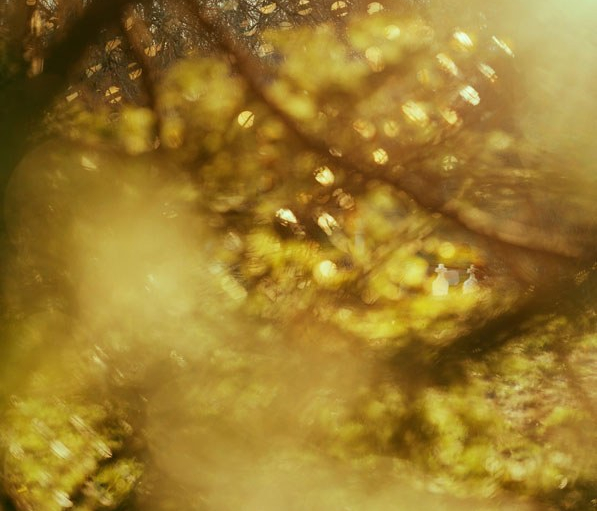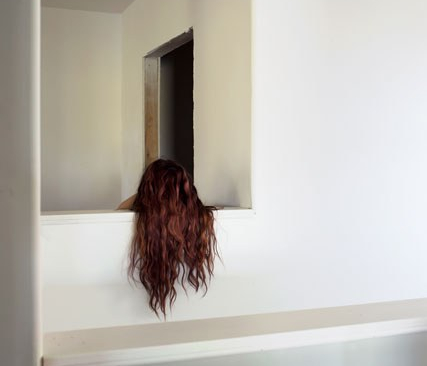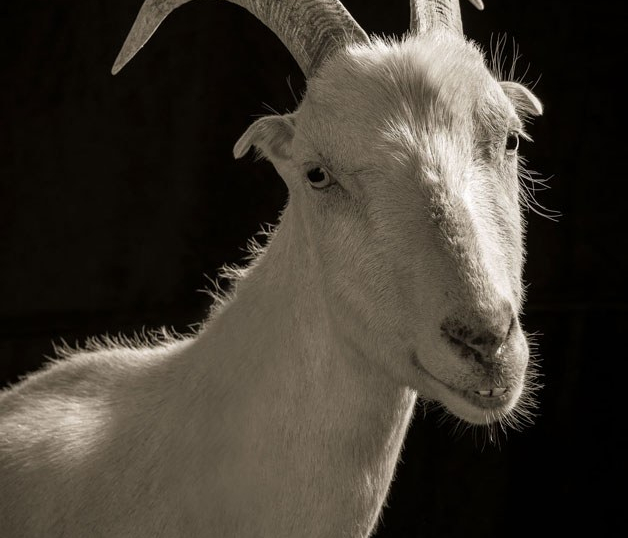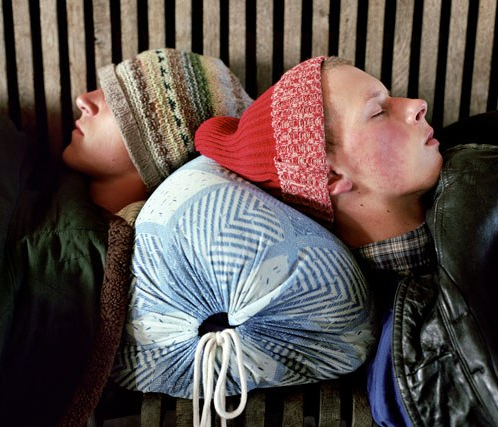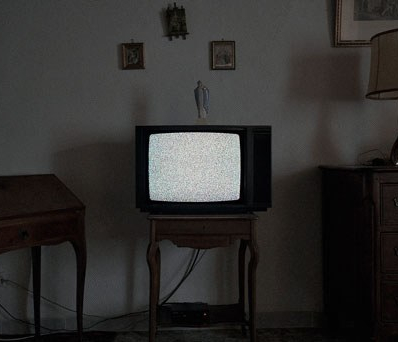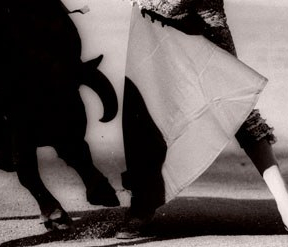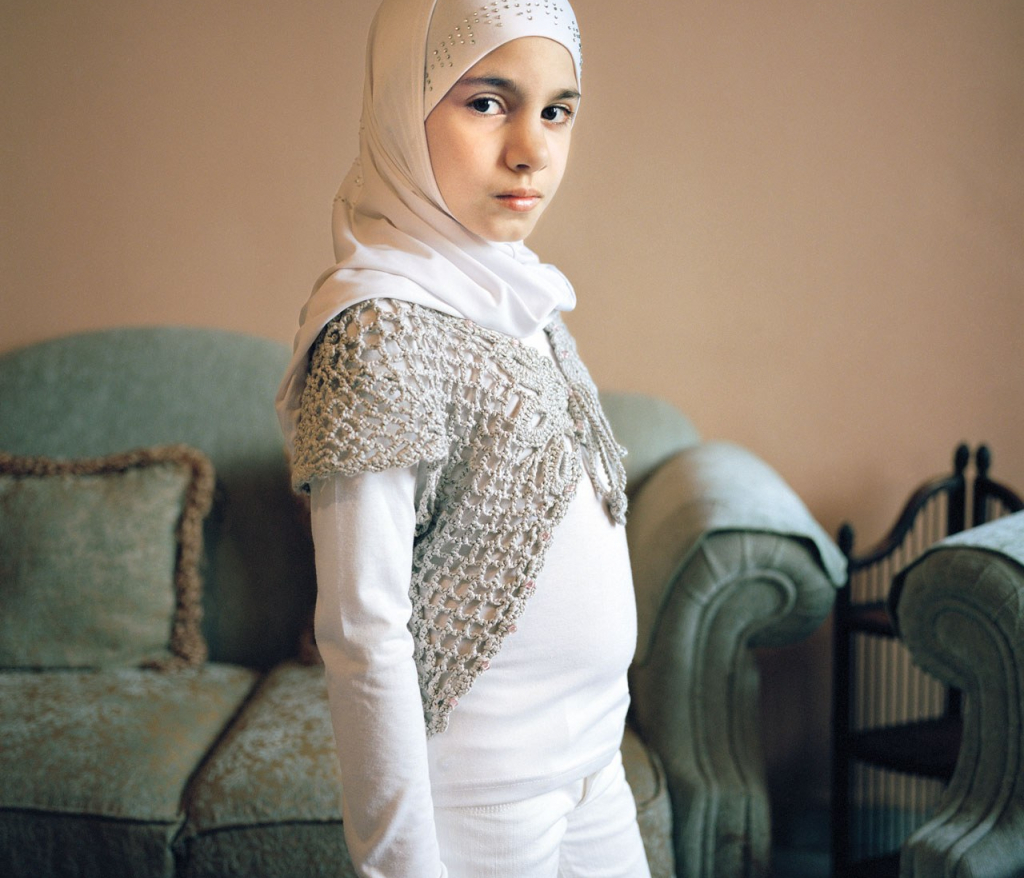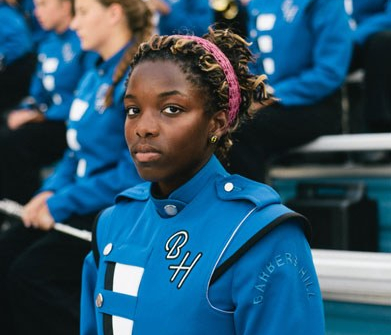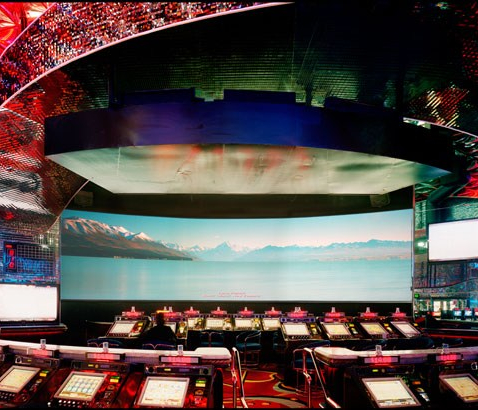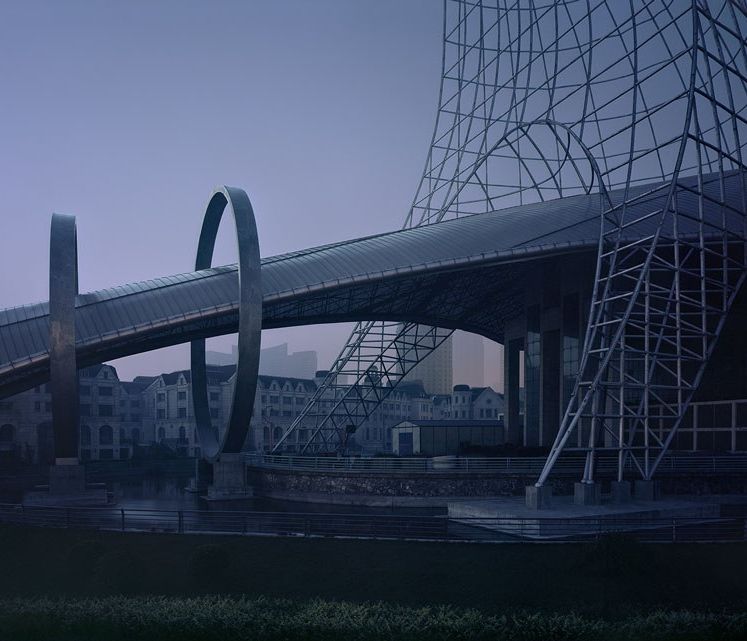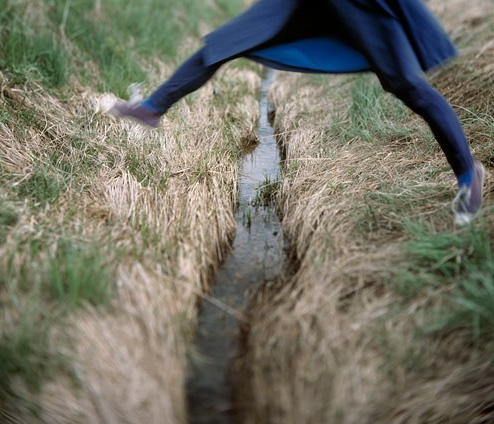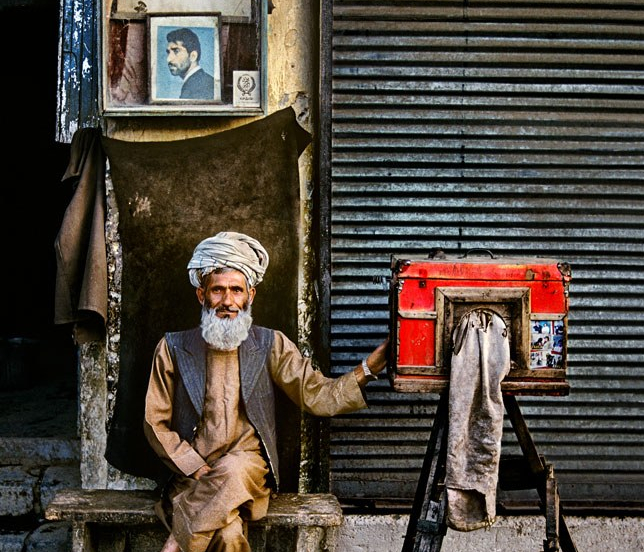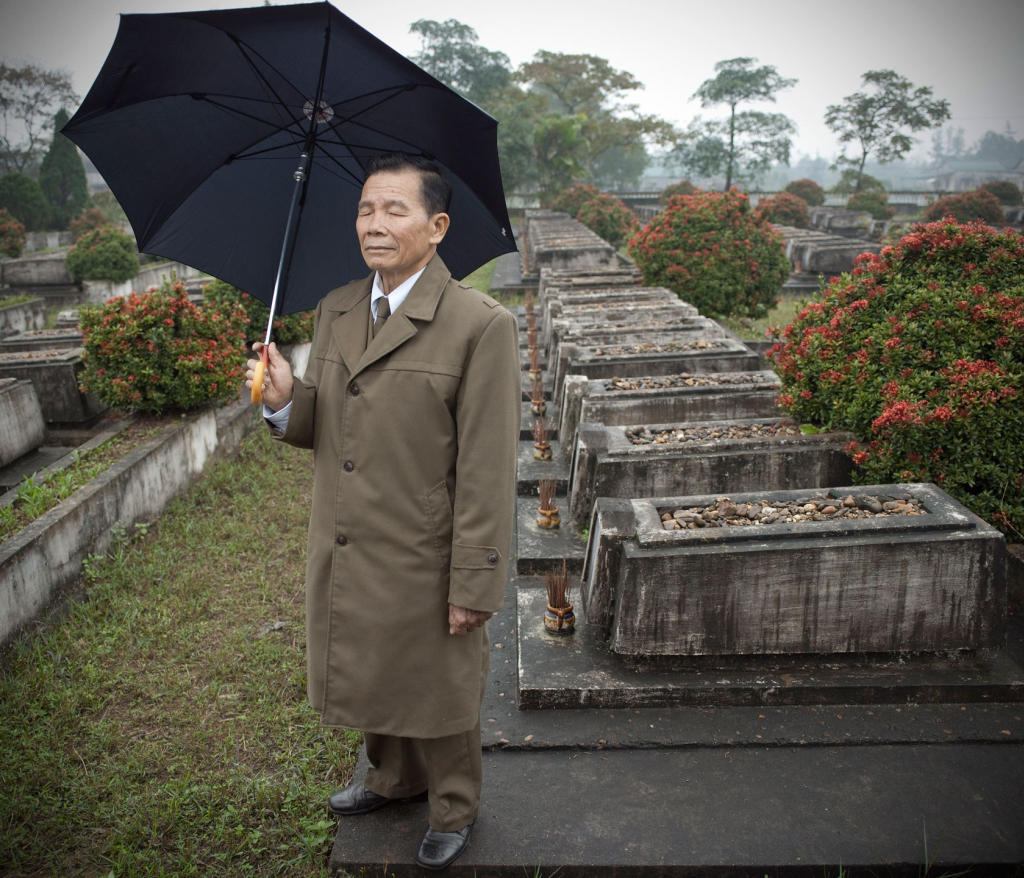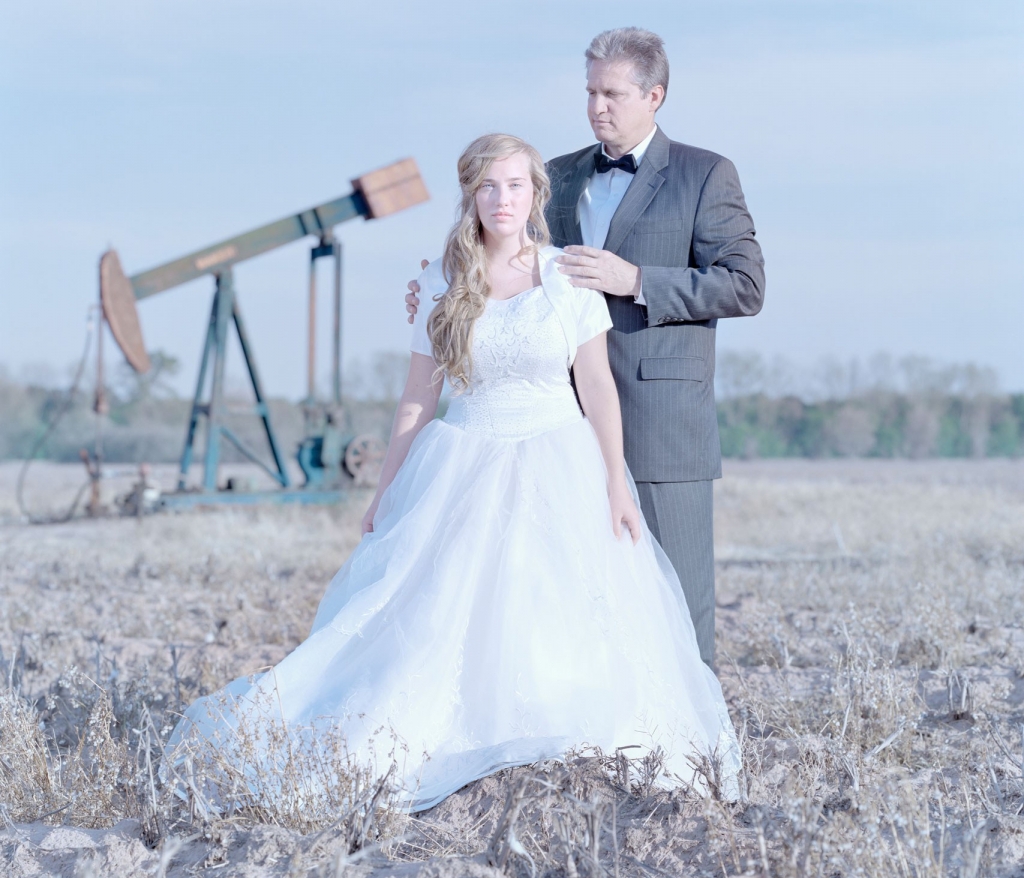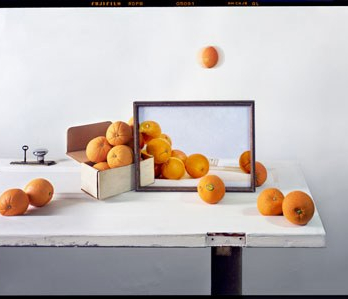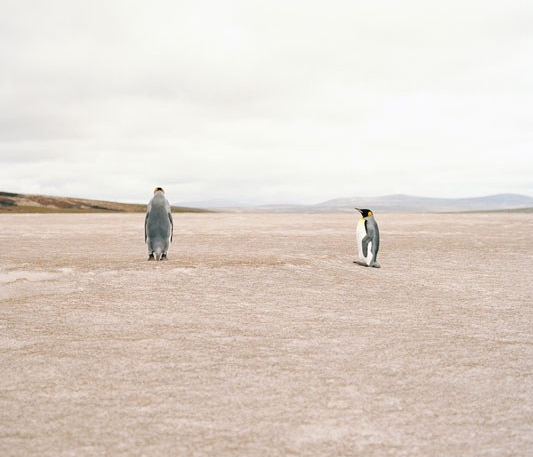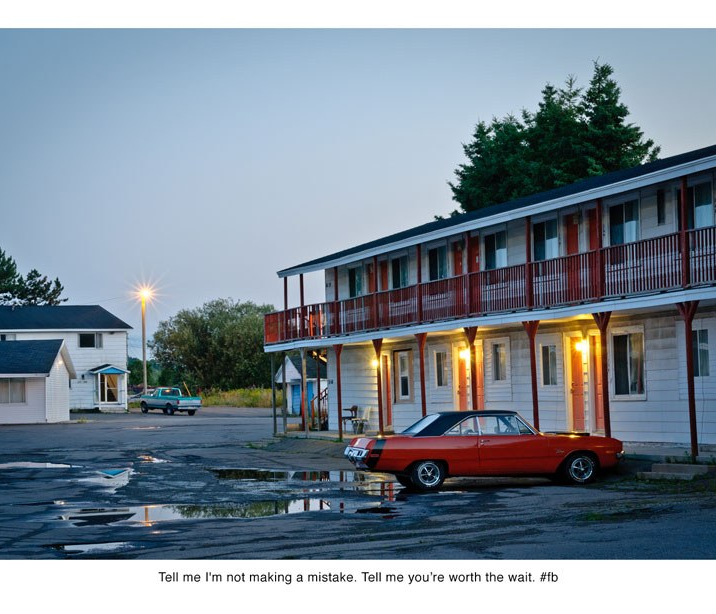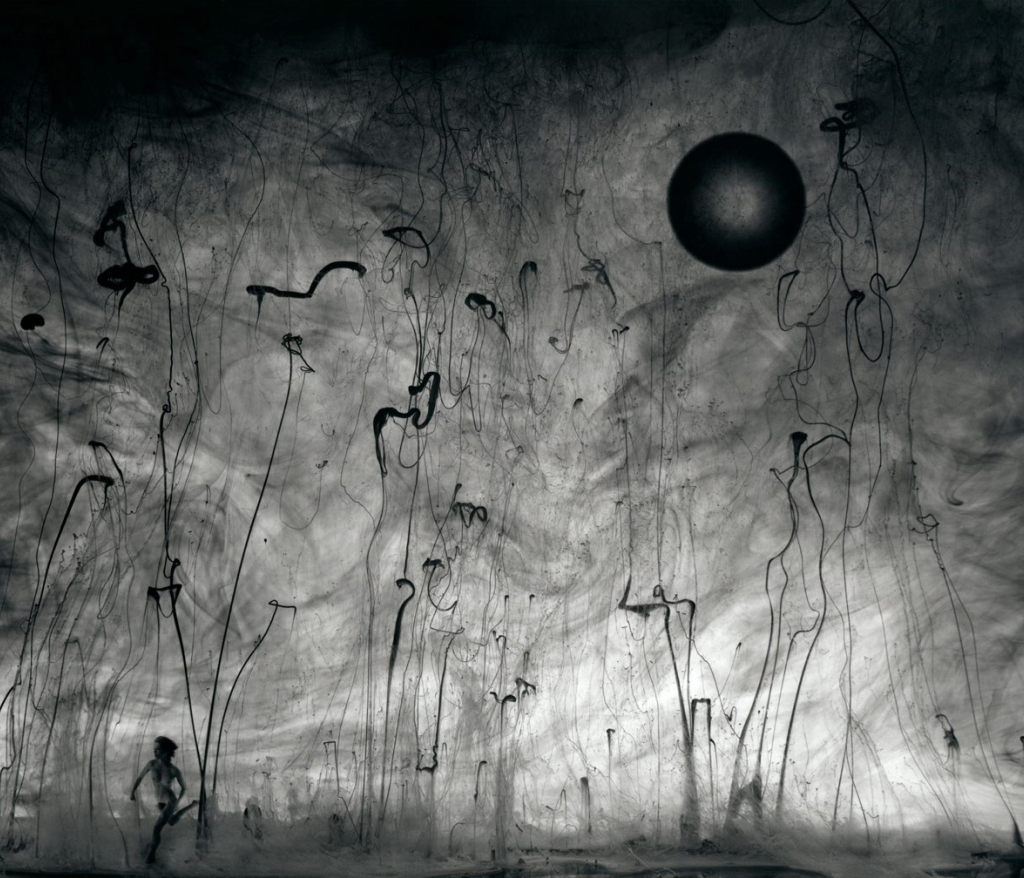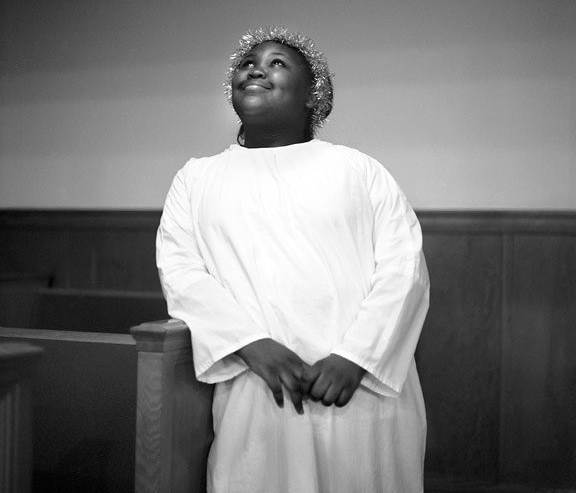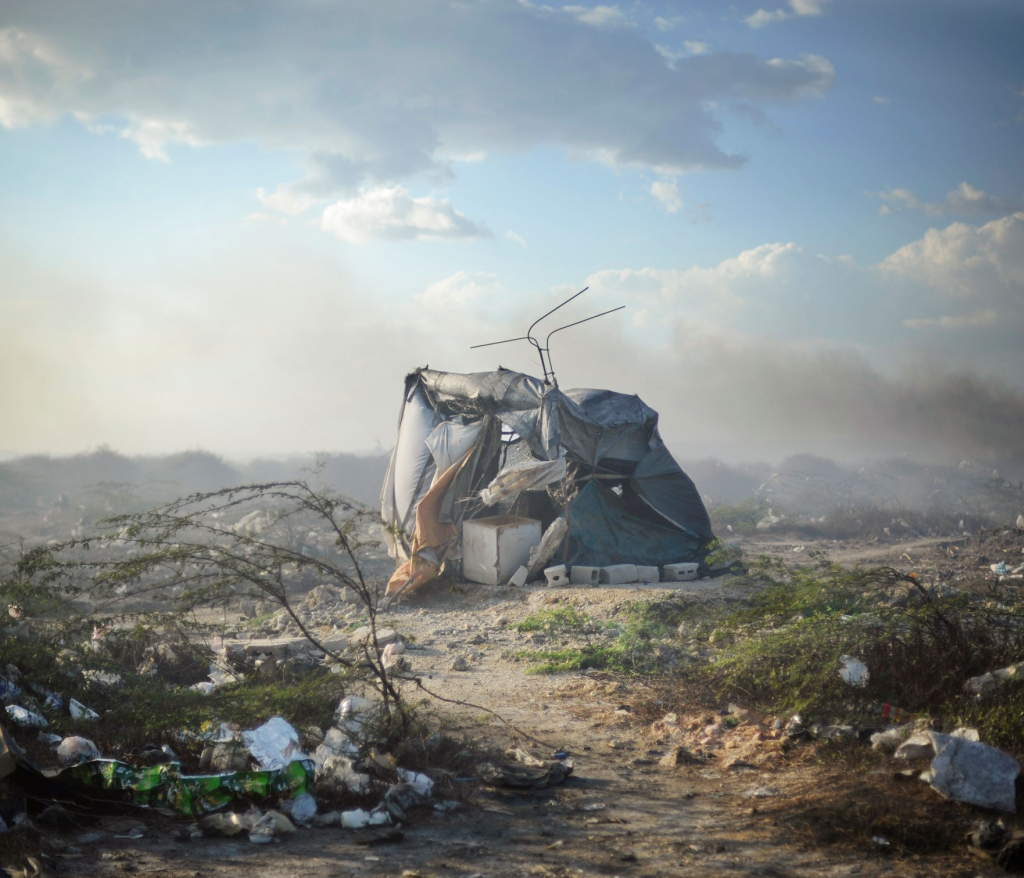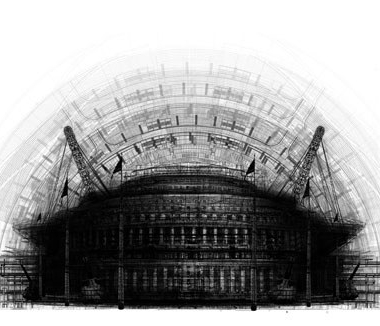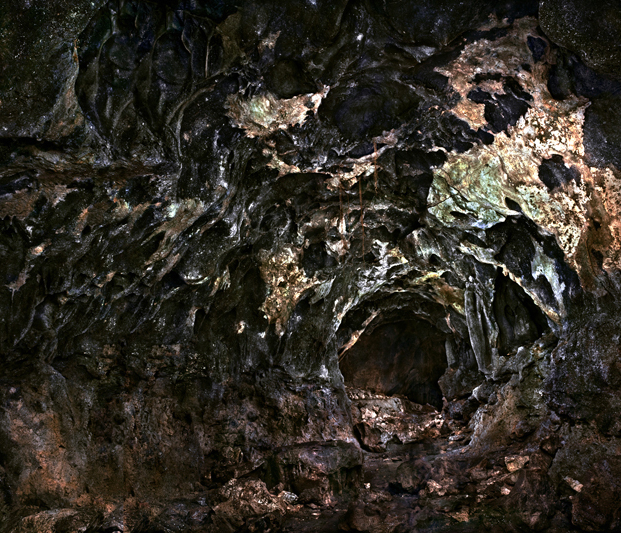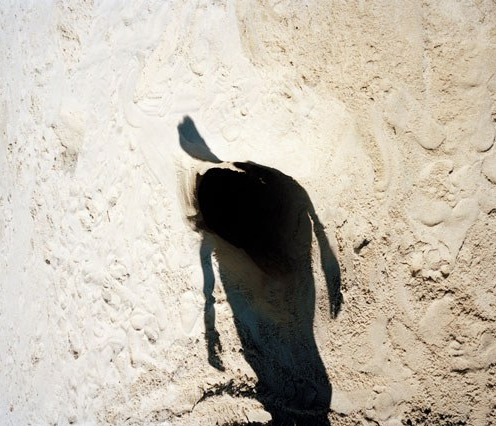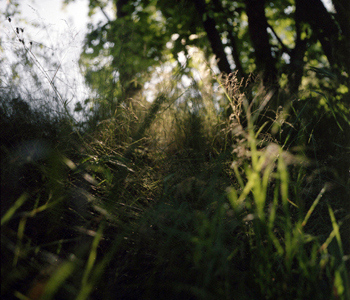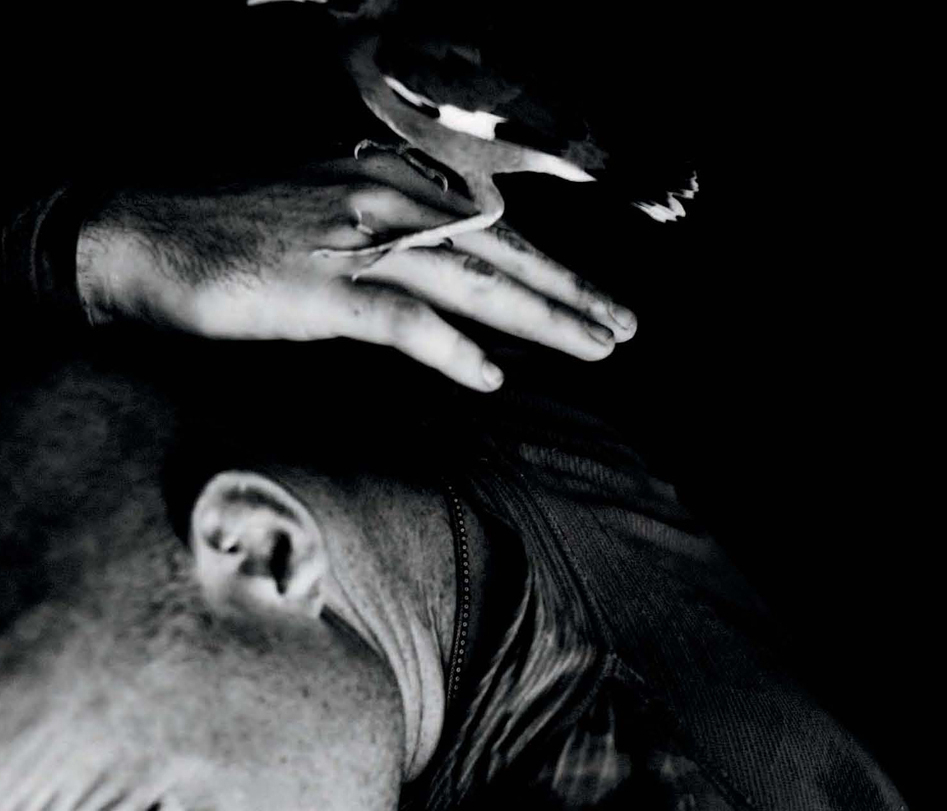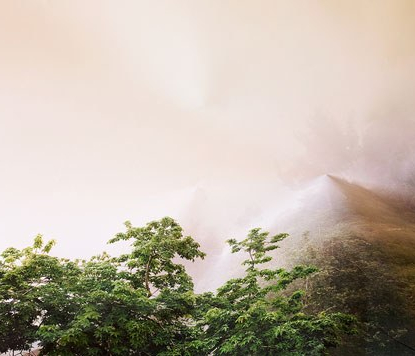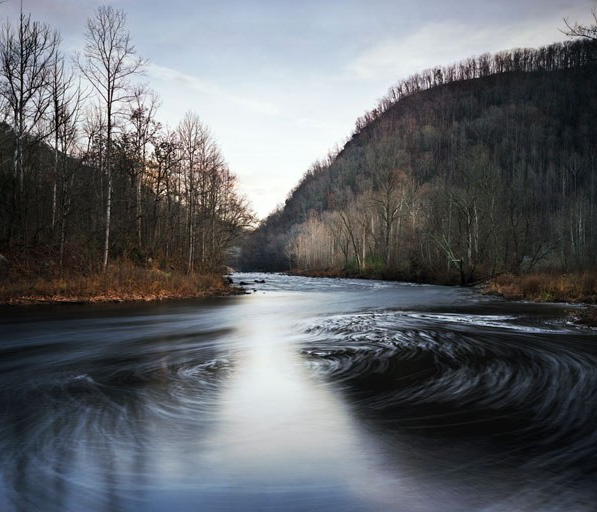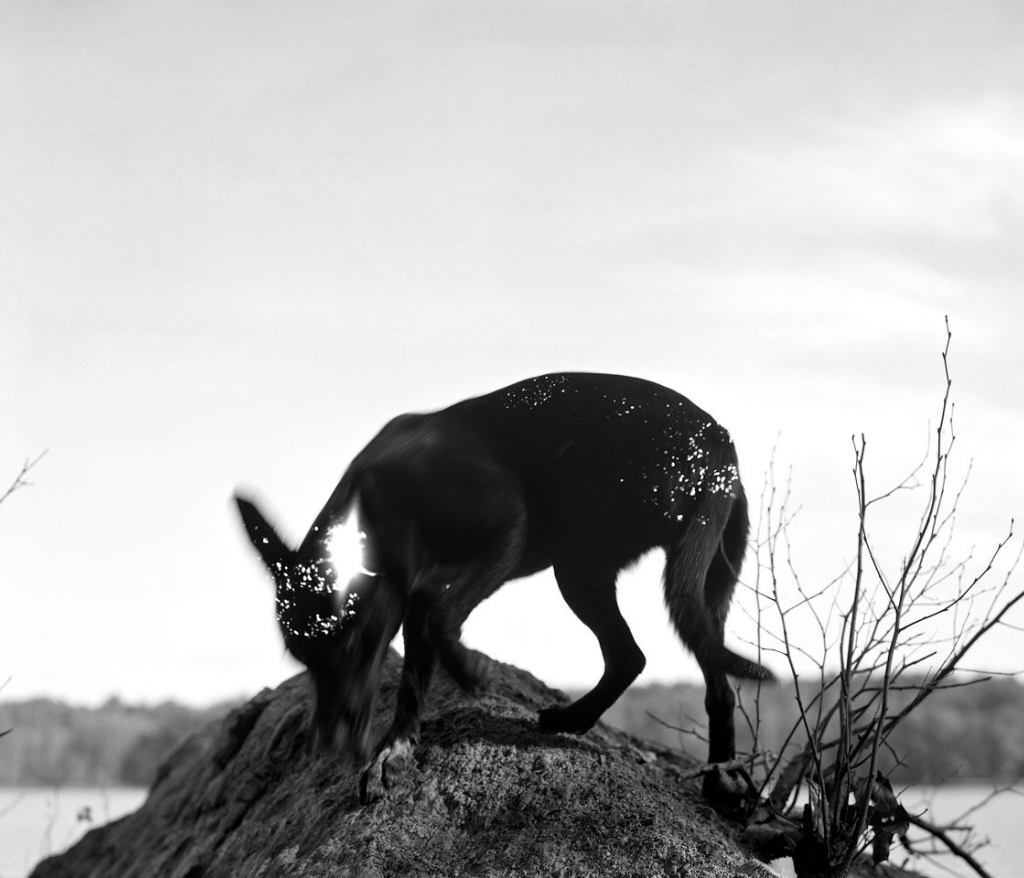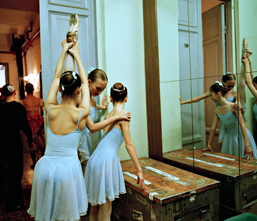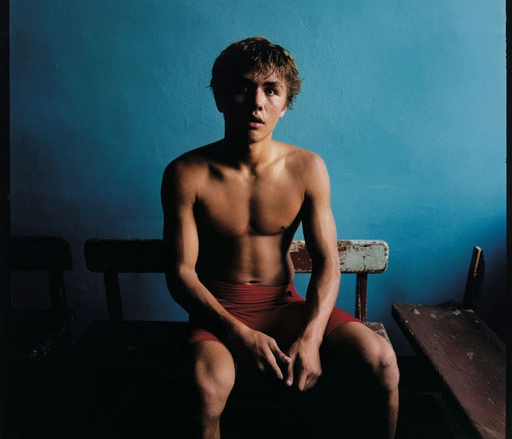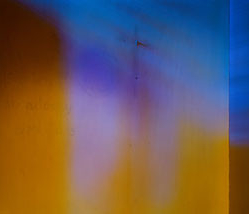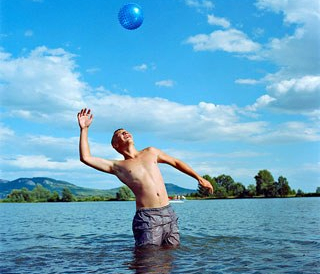Velvet Generation
Roman Franc, Vojtěch V. Sláma + Gabriela Kolčavová
Dates + Events
Gallery Walk Opening Reception | Velvet Generation
Friday, September 3 | 5:00pm - 8:00pm
Velvet Generation
Roman Franc, Vojtěch V. Sláma + Gabriela Kolčavová
Adapted from text by Max Fields
On November 17 of 1989, students engaging in an anti-Nazi march in the streets of Prague began a protest that would transform the sociocultural and political future of Czechoslovakia. Peaceful protests against Nazism turned into a collective call for the end of the country’s communist regime, a demand that was initially answered in force by the state in police violence. Despite the government’s efforts to quell the civil unrest, in less than two weeks, the communist government was ousted, and steps towards the founding of a newly democratic state and a free market economy began. Four years later, the nation would peacefully split into two autonomous countries: the Czech Republic and Slovakia. This period of peaceful protest and ensuing political reform inspired the historical designation of “Velvet Revolution.”
The artists featured in Velvet Generation document life in the Czech Republic in the time that directly follows the Velvet Revolution. Their quiet images recognize a period described as the “Neonormalization Era,” or perhaps more accurately, “The Time of Timelessness.” This stretch of time, beginning in 1992 and extending to the present day, is defined by a decade’s-long cultural shift towards Western ideology and the effects that this cultural turn had on Czech citizens.
The artists featured in this exhibition orient their cameras towards the commonplace moments that defined their experience living in the “slow time of revolution.” Their photographs reflect cultural and ideological change taking shape over long periods of time. The country’s brief history of revolution became embedded in the artistic approaches of these mutual friends. The images are imbued with histories that are at once deeply private and intimate, and also commonly shared by those who came of age after the Velvet Revolution.
The photographs in Velvet Generation challenge the iconic images of other revolutions in the 20th and 21st centuries. Instead, they offer insight into those moments deemed too ordinary, too composed, or too quiet to be instilled with revolutionary energy. Roman Franc, Gabriela Kolčavová, Vojtěch V. Sláma, and Igor Malijevský (also included in the corresponding book) all suggest that the slow time of revolution, which often takes the form of the everyday or routine moment, is critical to the understanding of how cultural life develops through the lives of citizens. For the artists, the transformative moment in sociopolitical life cannot simply be traced to a sudden spark. Rather, it is in the lingering moments that produce lasting friendships, alliances, critical thought, and cultural reflection. It’s in these moments that the spark of revolution is sustained.
Roman Franc (b. 1986, Brno, CZ) photographs ordinary people in extraordinary and sometimes absurd scenes and situations. His black and white portraits capture the surreal atmosphere of the Czech Republic in the years following the Velvet Revolution. Franc’s visual voice is highly unusual and memorable in its blend of humor and gravity.
Gabriela Kolčavová (b. 1977, Boskovice, CZ) documents personal relationships in the form of a nonlinear travelogue, chronicling her travels in both the Czech Republic and the U.S. She photographs tranquil moments between friends in rural settings, and her subjects are deeply, entirely at leisure. Kolčavová’s relationship to the U.S. is rooted in her formal photographic education at the University of North Texas between 2000-02.
Vojtěch V. Sláma’s (b. 1974, Brno, CZ) works are intimate reflections on the quieter aspects of life. His images dramatize the ordinary, infusing scenes of leisure, travel, and domestic life with cinematic qualities. Sláma harnesses light and shadow to suspend what is already slow: a leisurely soak in a pond, a drive in the county, the act of waiting by a wall. His photographs ask for close inspection of the passive moment and the suspension of time.
Velvet Generation
Roman Franc, Vojtěch V. Sláma + Gabriela Kolčavová
Adapted from text by Max Fields
On November 17 of 1989, students engaging in an anti-Nazi march in the streets of Prague began a protest that would transform the sociocultural and political future of Czechoslovakia. Peaceful protests against Nazism turned into a collective call for the end of the country’s communist regime, a demand that was initially answered in force by the state in police violence. Despite the government’s efforts to quell the civil unrest, in less than two weeks, the communist government was ousted, and steps towards the founding of a newly democratic state and a free market economy began. Four years later, the nation would peacefully split into two autonomous countries: the Czech Republic and Slovakia. This period of peaceful protest and ensuing political reform inspired the historical designation of “Velvet Revolution.”
The artists featured in Velvet Generation document life in the Czech Republic in the time that directly follows the Velvet Revolution. Their quiet images recognize a period described as the “Neonormalization Era,” or perhaps more accurately, “The Time of Timelessness.” This stretch of time, beginning in 1992 and extending to the present day, is defined by a decade’s-long cultural shift towards Western ideology and the effects that this cultural turn had on Czech citizens.
The artists featured in this exhibition orient their cameras towards the commonplace moments that defined their experience living in the “slow time of revolution.” Their photographs reflect cultural and ideological change taking shape over long periods of time. The country’s brief history of revolution became embedded in the artistic approaches of these mutual friends. The images are imbued with histories that are at once deeply private and intimate, and also commonly shared by those who came of age after the Velvet Revolution.
The photographs in Velvet Generation challenge the iconic images of other revolutions in the 20th and 21st centuries. Instead, they offer insight into those moments deemed too ordinary, too composed, or too quiet to be instilled with revolutionary energy. Roman Franc, Gabriela Kolčavová, Vojtěch V. Sláma, and Igor Malijevský (also included in the corresponding book) all suggest that the slow time of revolution, which often takes the form of the everyday or routine moment, is critical to the understanding of how cultural life develops through the lives of citizens. For the artists, the transformative moment in sociopolitical life cannot simply be traced to a sudden spark. Rather, it is in the lingering moments that produce lasting friendships, alliances, critical thought, and cultural reflection. It’s in these moments that the spark of revolution is sustained.
Roman Franc (b. 1986, Brno, CZ) photographs ordinary people in extraordinary and sometimes absurd scenes and situations. His black and white portraits capture the surreal atmosphere of the Czech Republic in the years following the Velvet Revolution. Franc’s visual voice is highly unusual and memorable in its blend of humor and gravity.
Gabriela Kolčavová (b. 1977, Boskovice, CZ) documents personal relationships in the form of a nonlinear travelogue, chronicling her travels in both the Czech Republic and the U.S. She photographs tranquil moments between friends in rural settings, and her subjects are deeply, entirely at leisure. Kolčavová’s relationship to the U.S. is rooted in her formal photographic education at the University of North Texas between 2000-02.
Vojtěch V. Sláma’s (b. 1974, Brno, CZ) works are intimate reflections on the quieter aspects of life. His images dramatize the ordinary, infusing scenes of leisure, travel, and domestic life with cinematic qualities. Sláma harnesses light and shadow to suspend what is already slow: a leisurely soak in a pond, a drive in the county, the act of waiting by a wall. His photographs ask for close inspection of the passive moment and the suspension of time.
Dates + Events
Gallery Walk Opening Reception | Velvet Generation
Friday, September 3 | 5:00pm - 8:00pm
